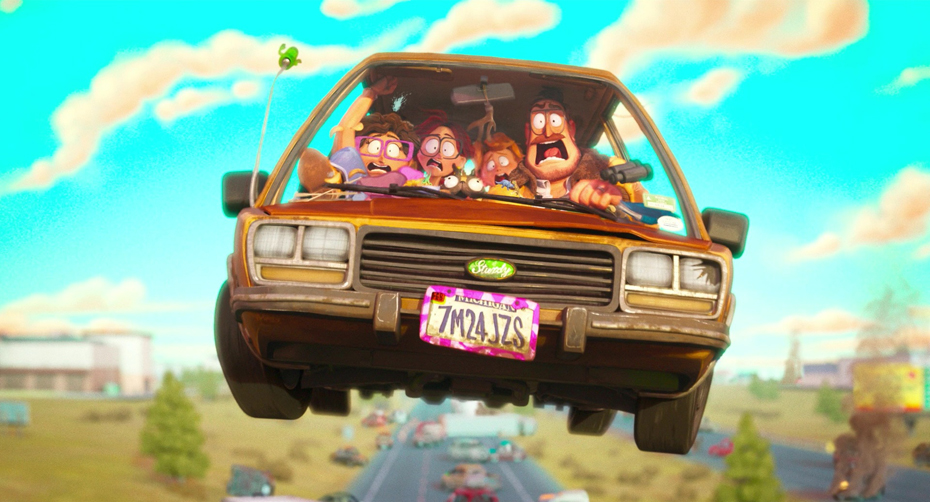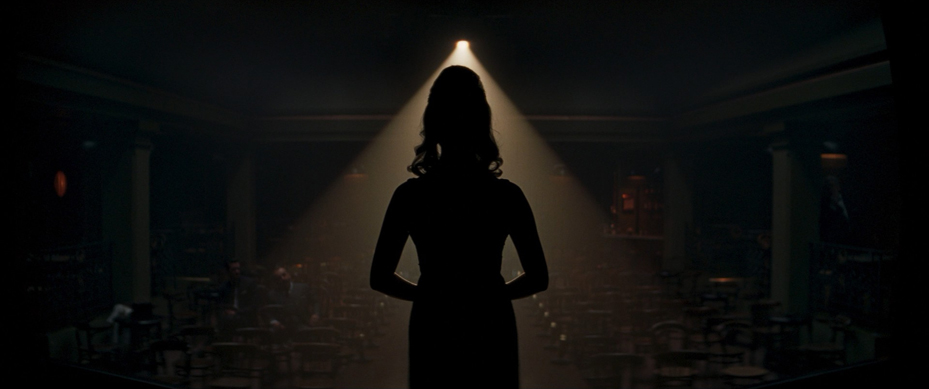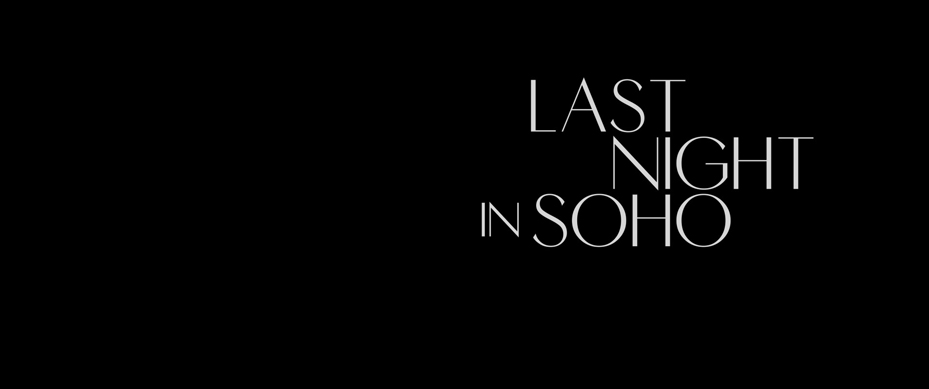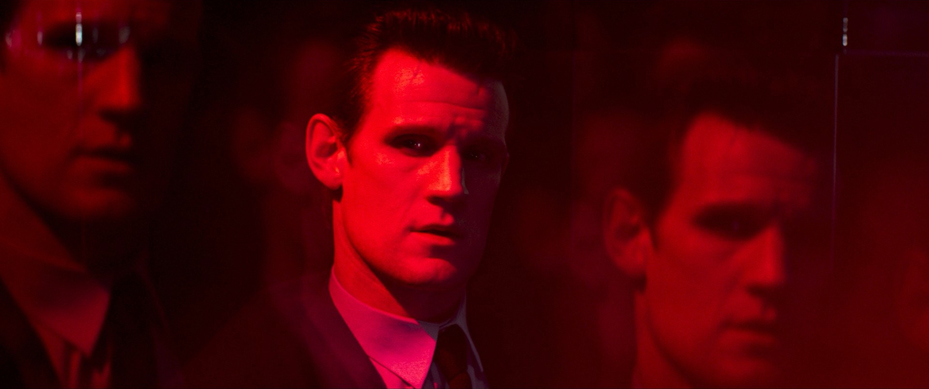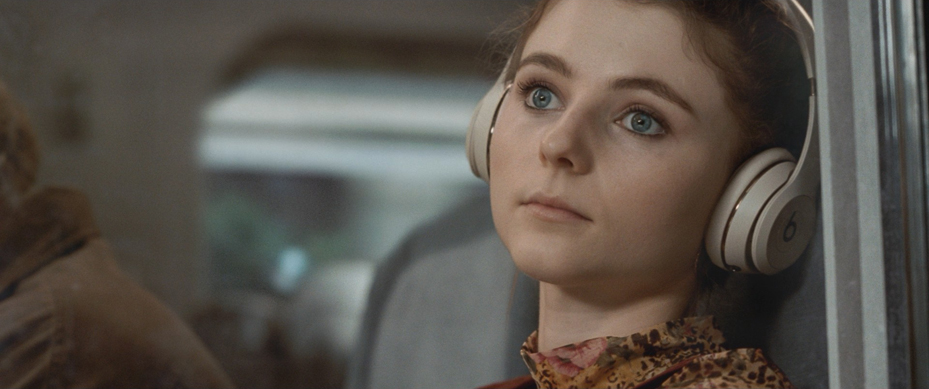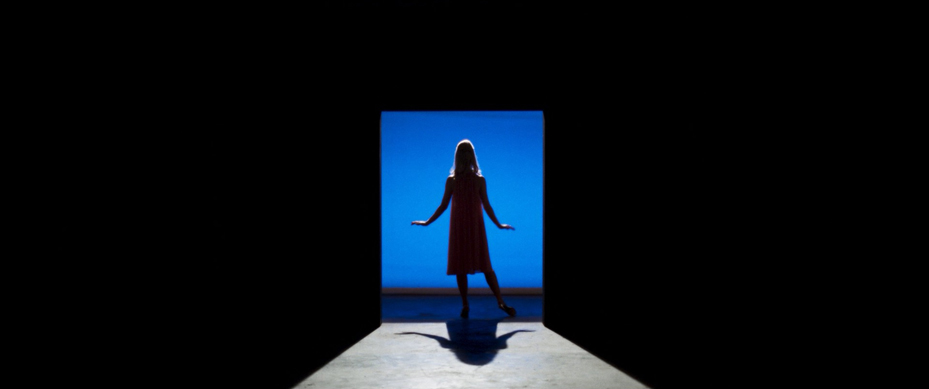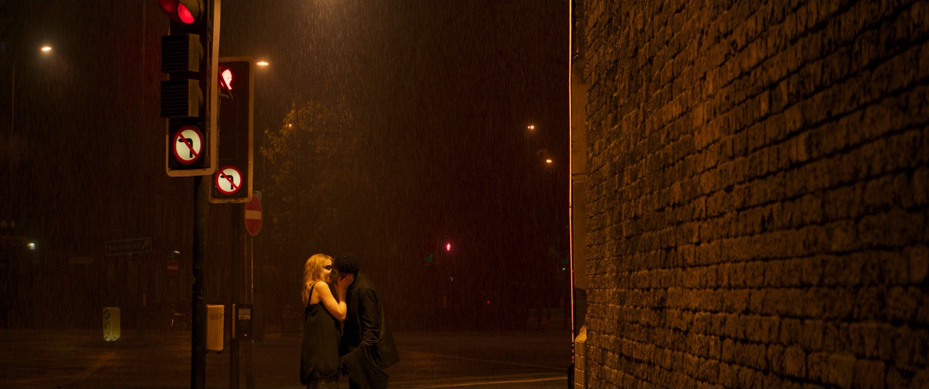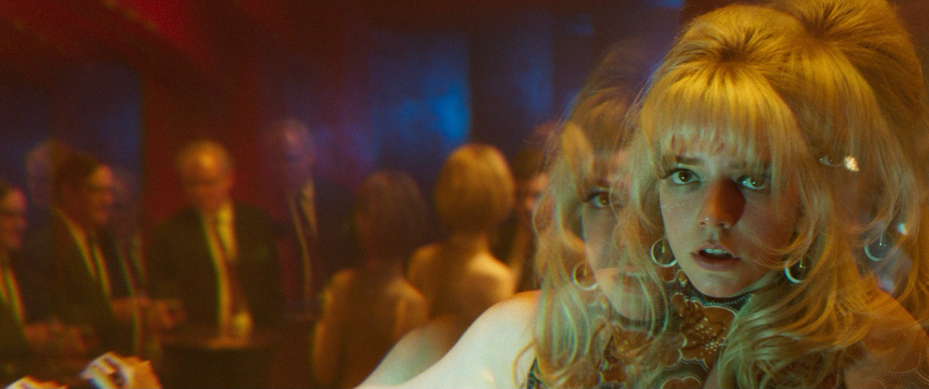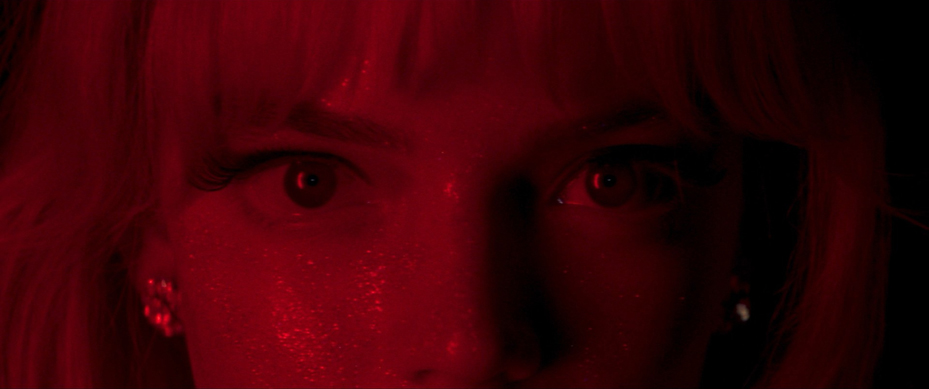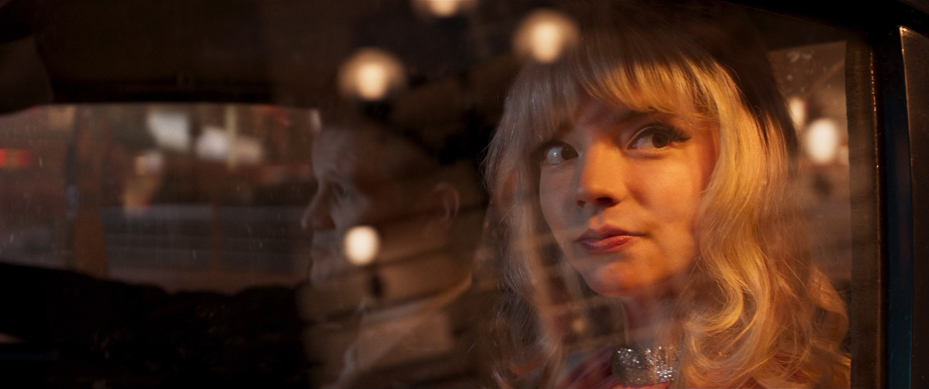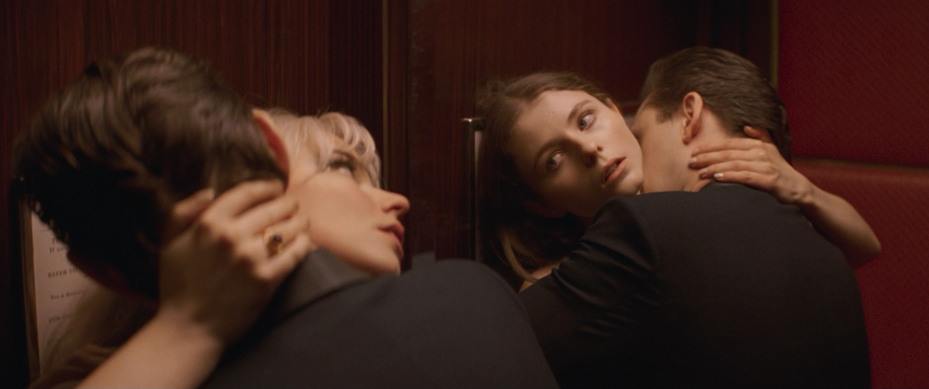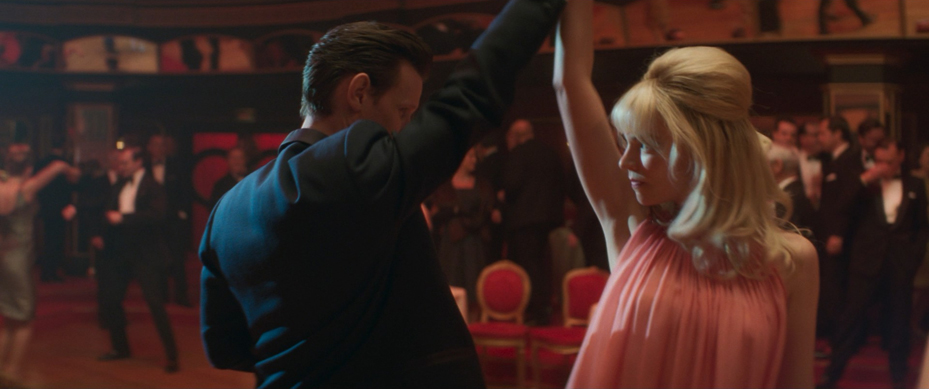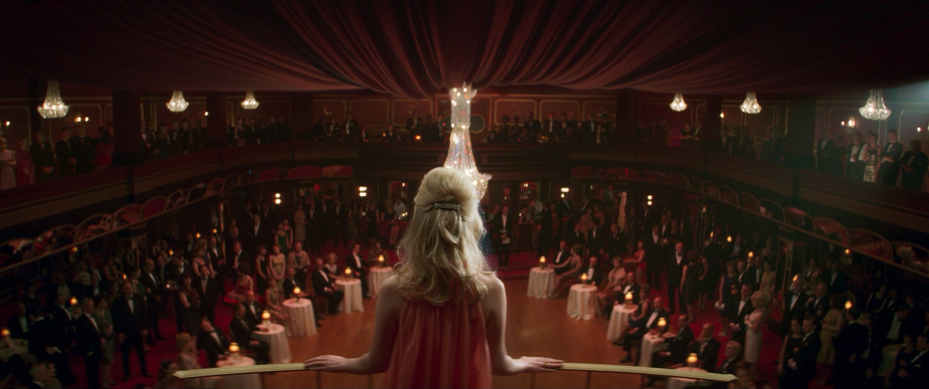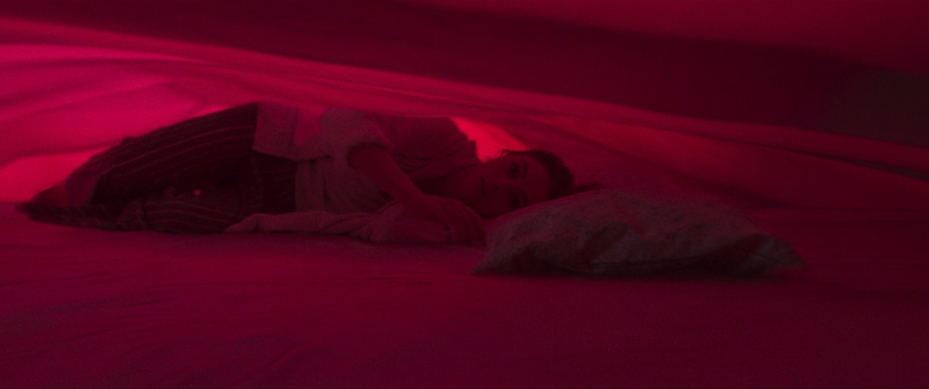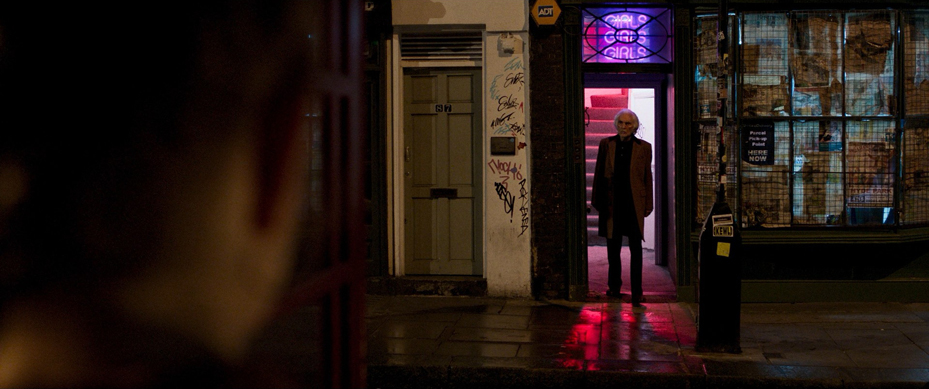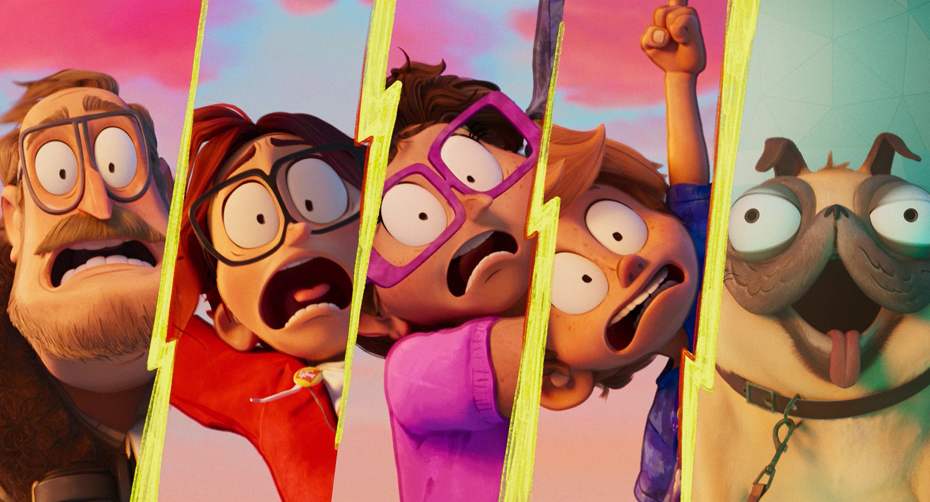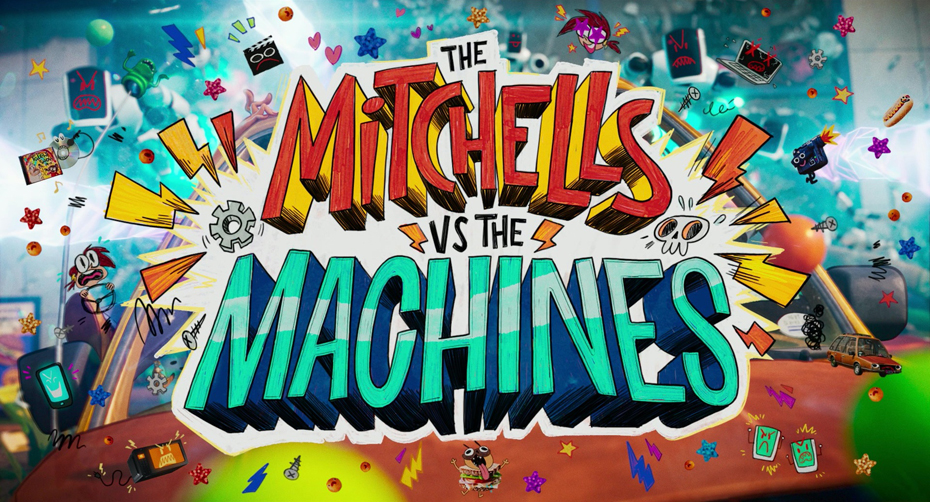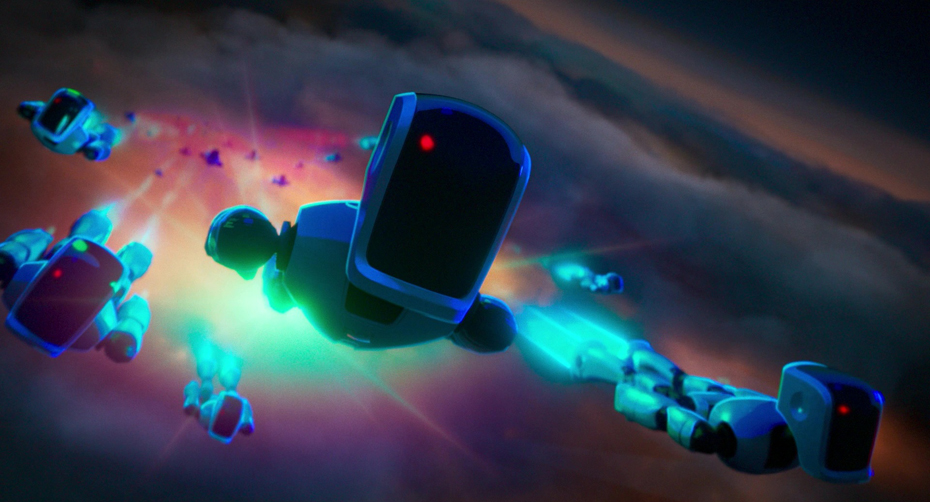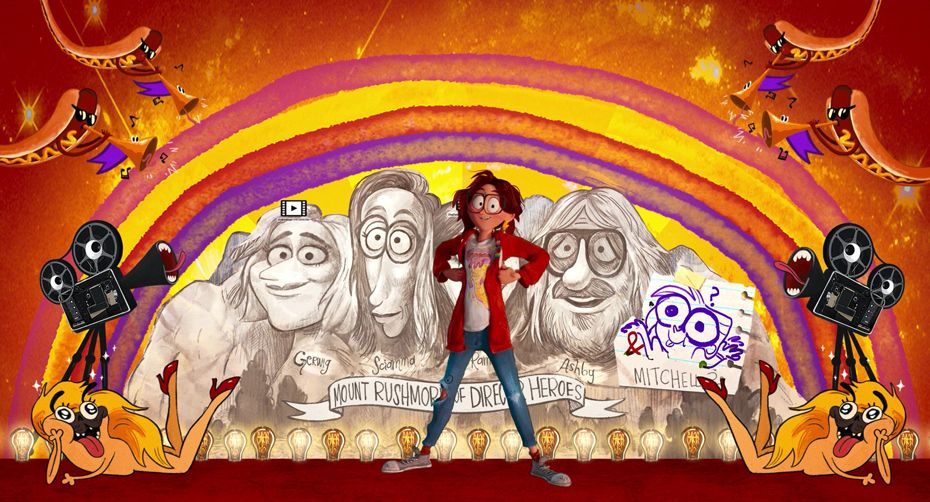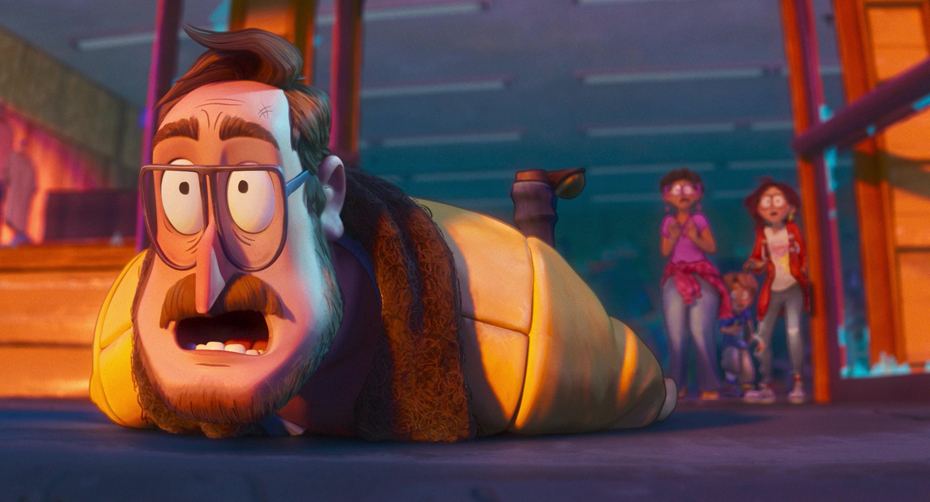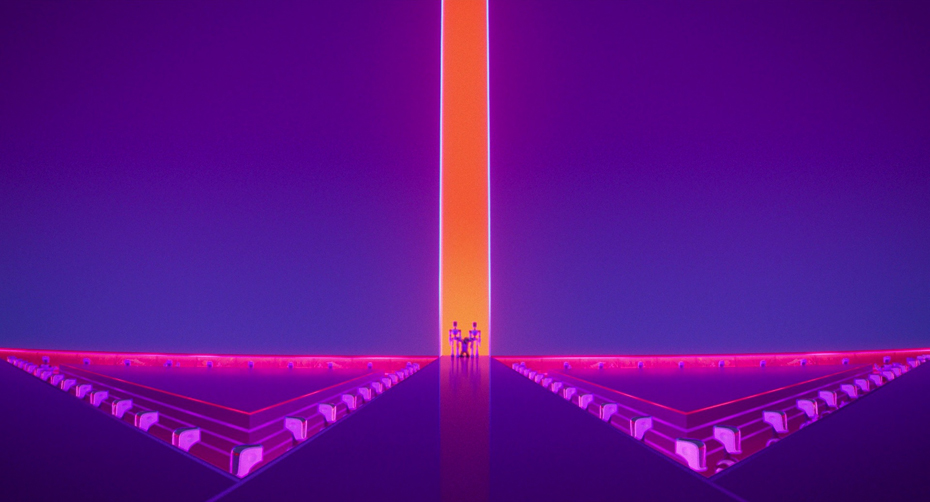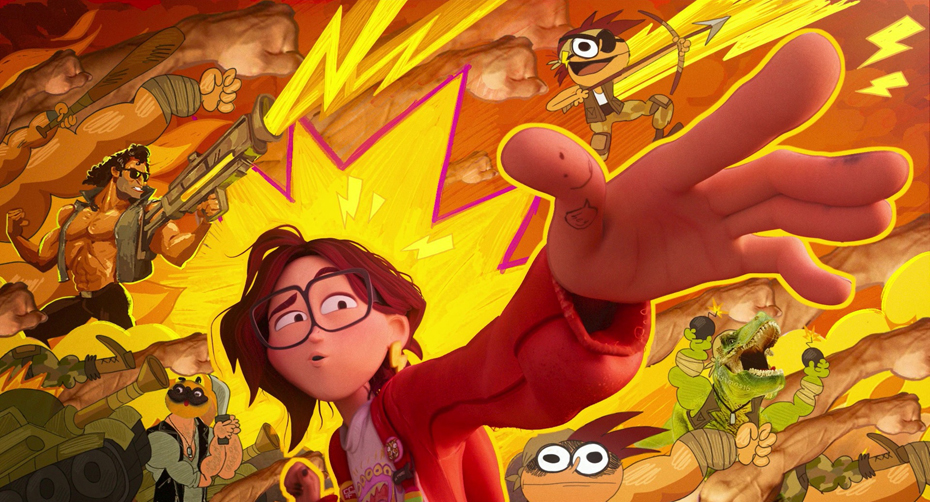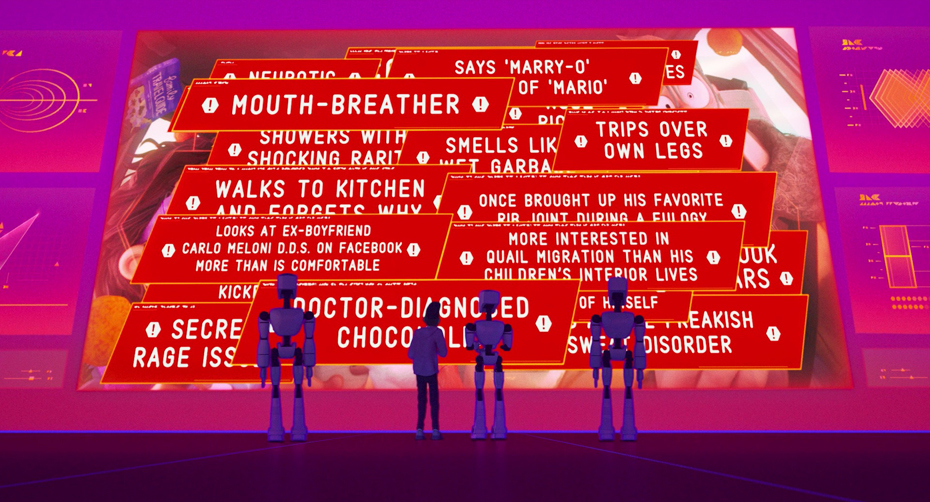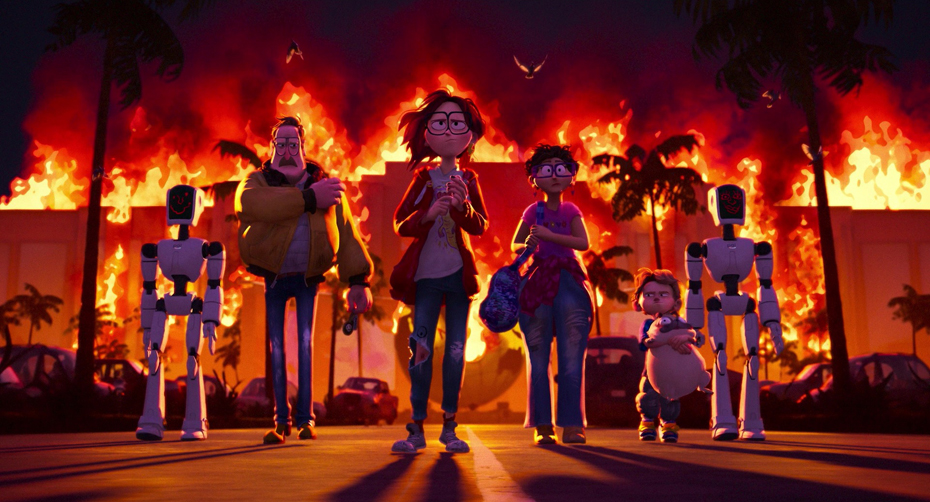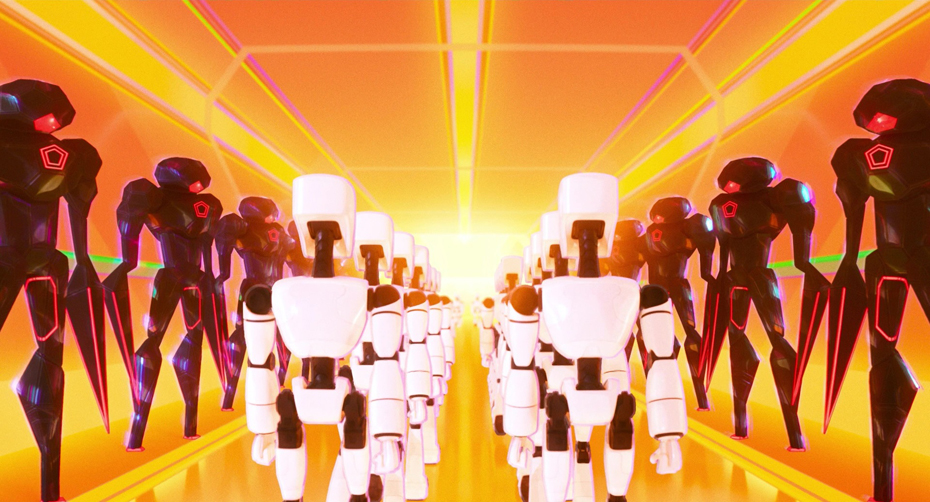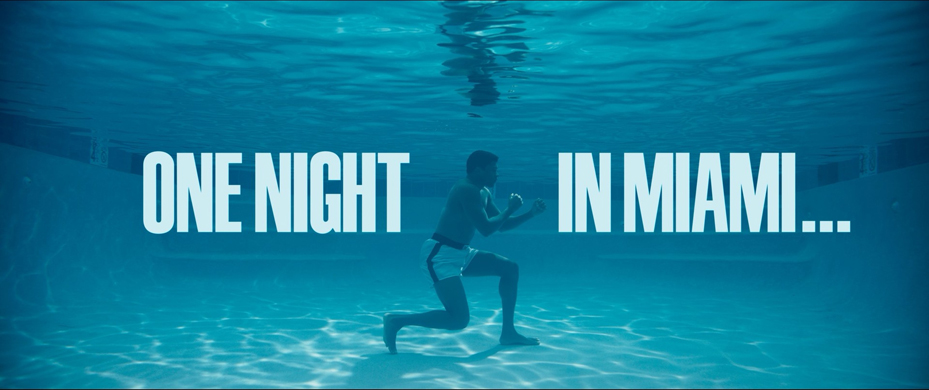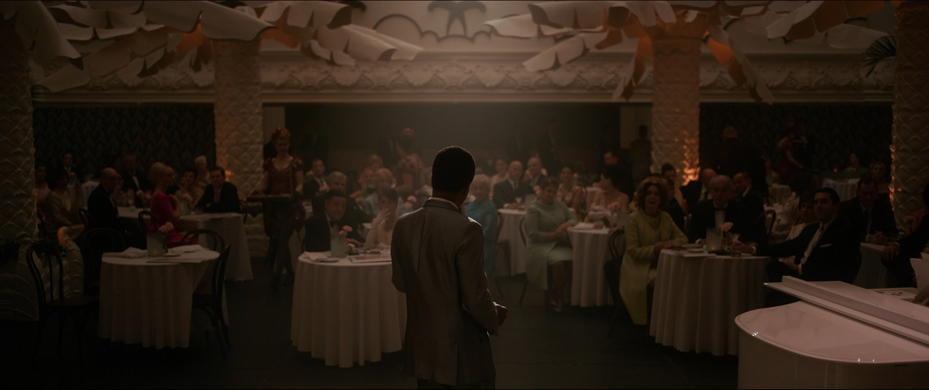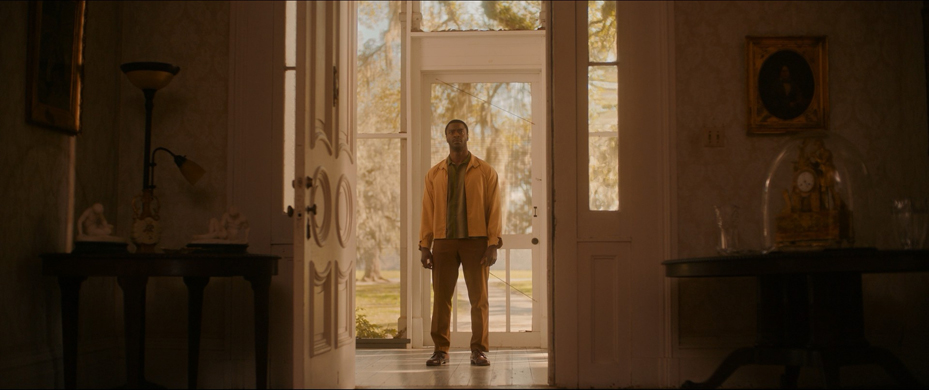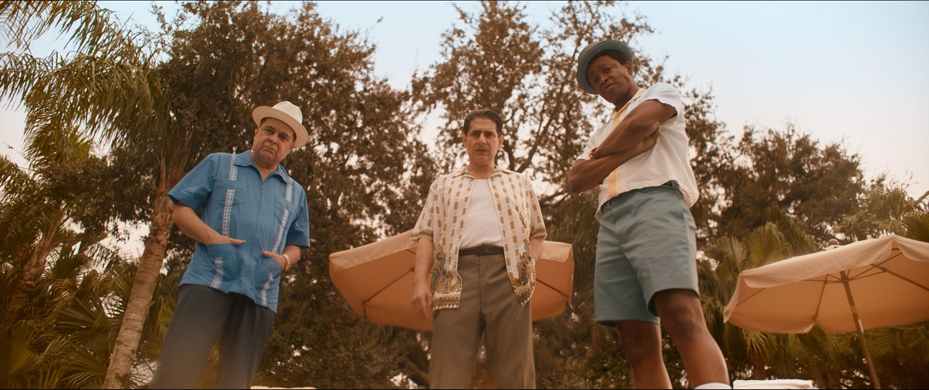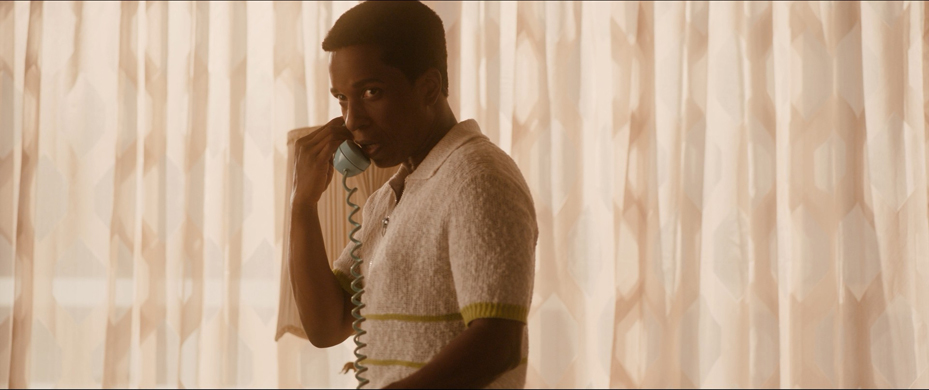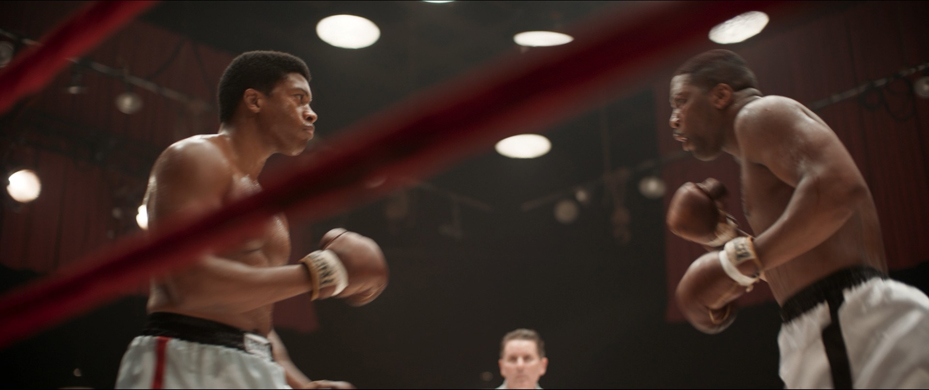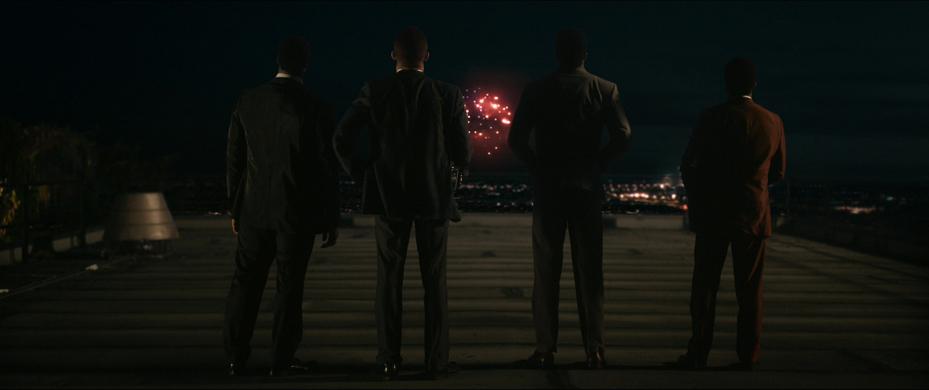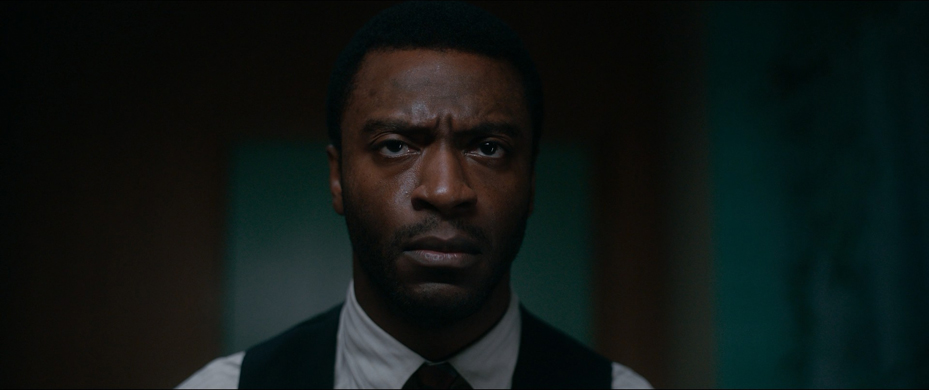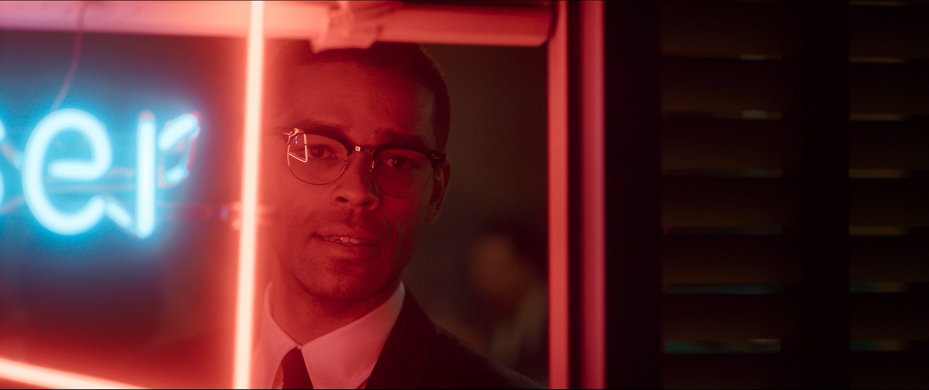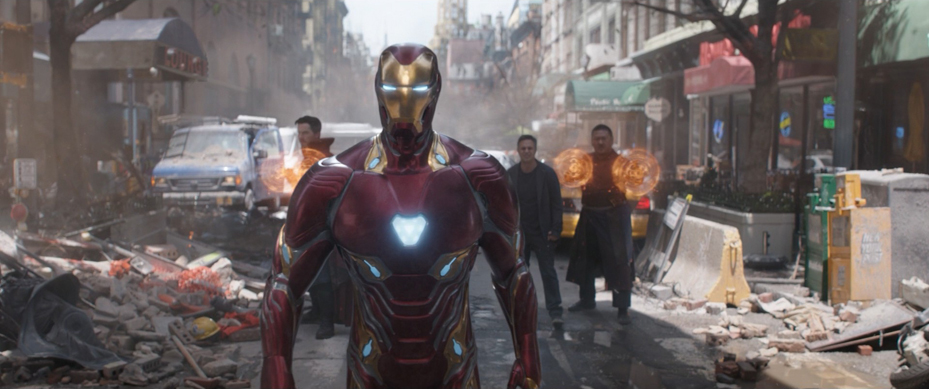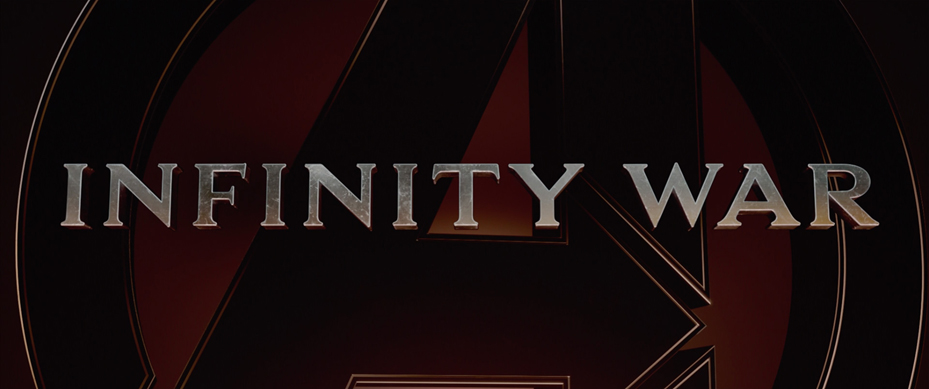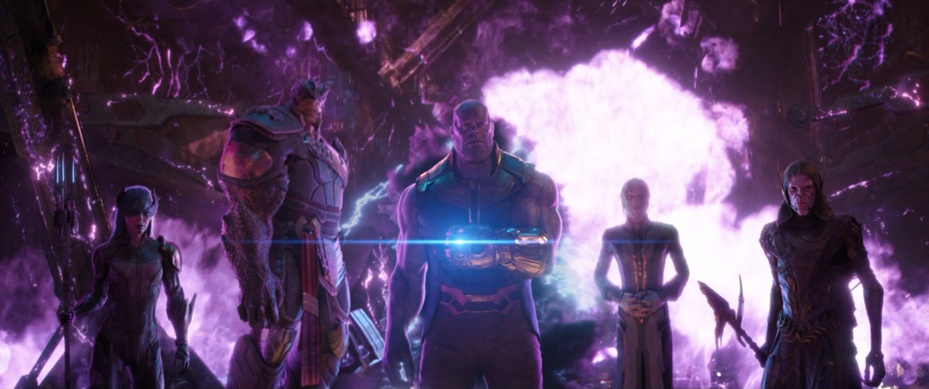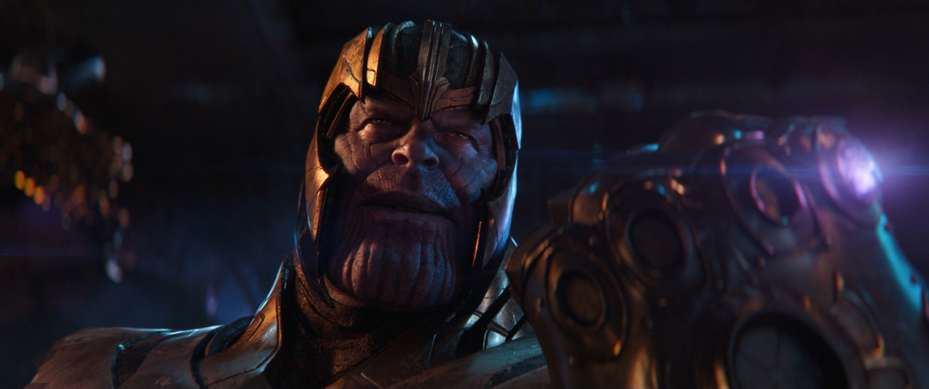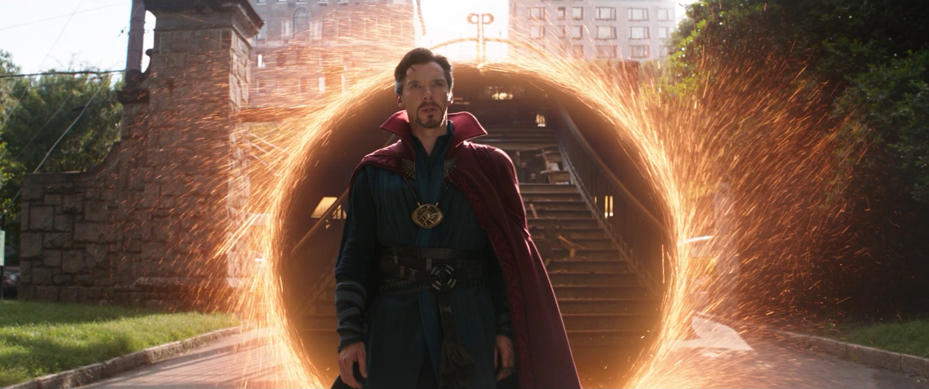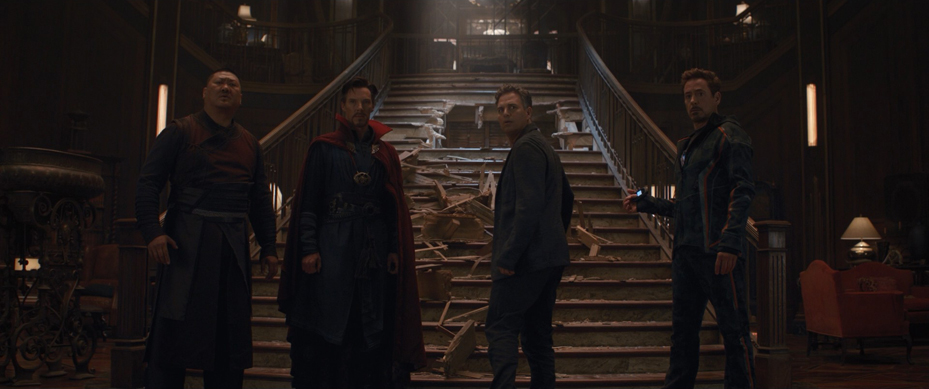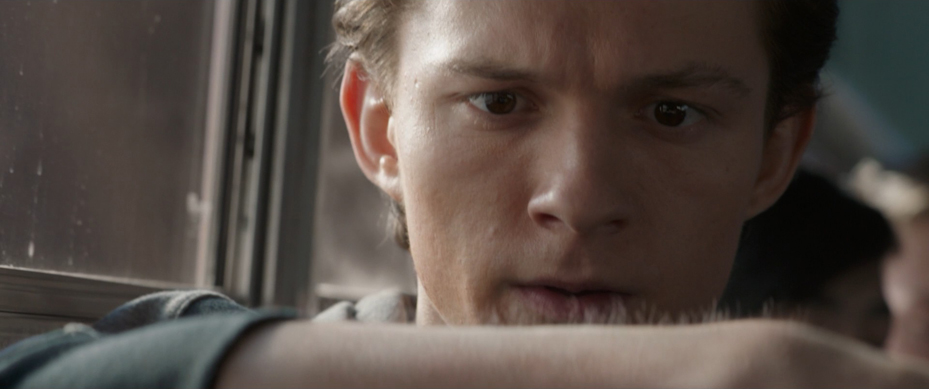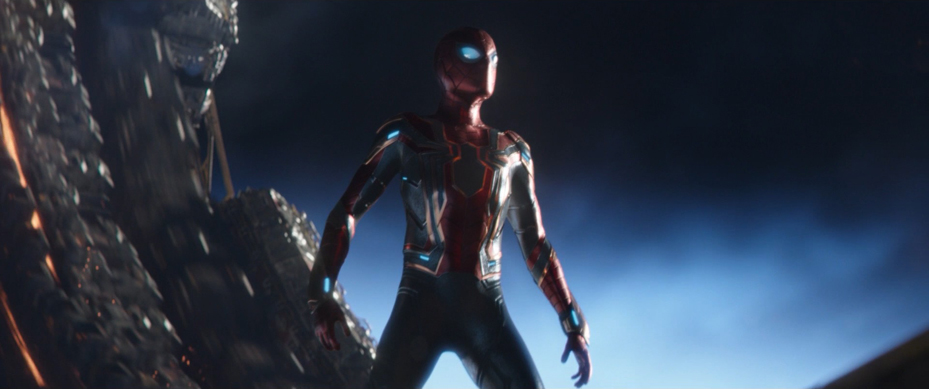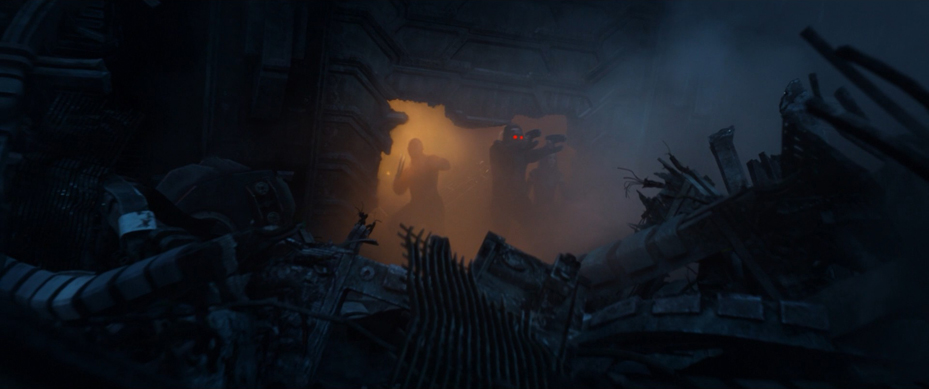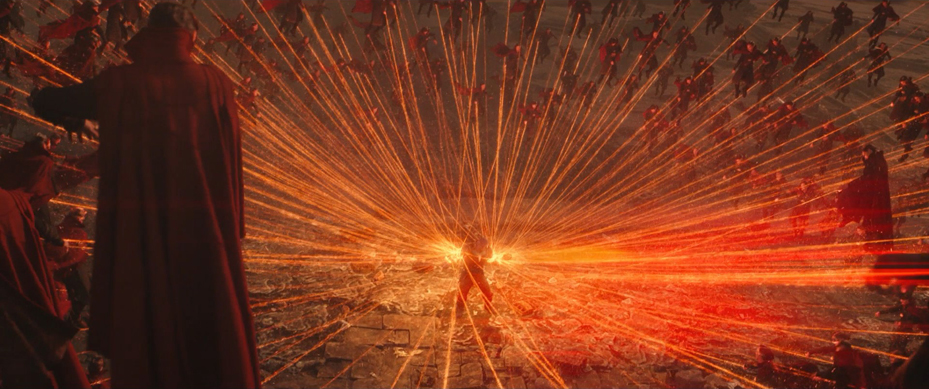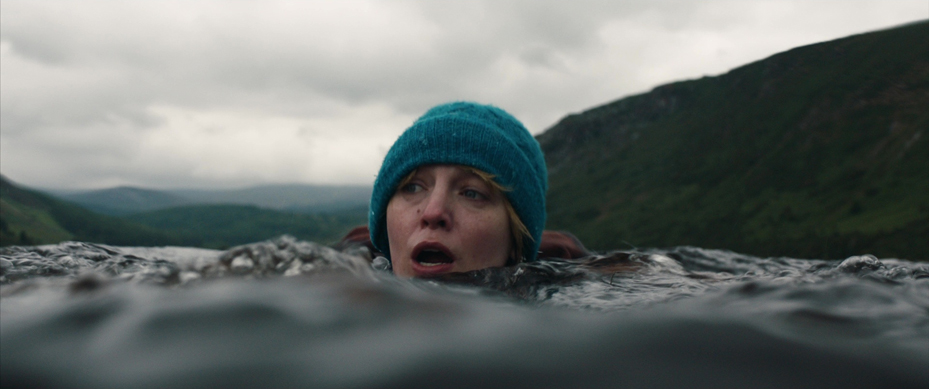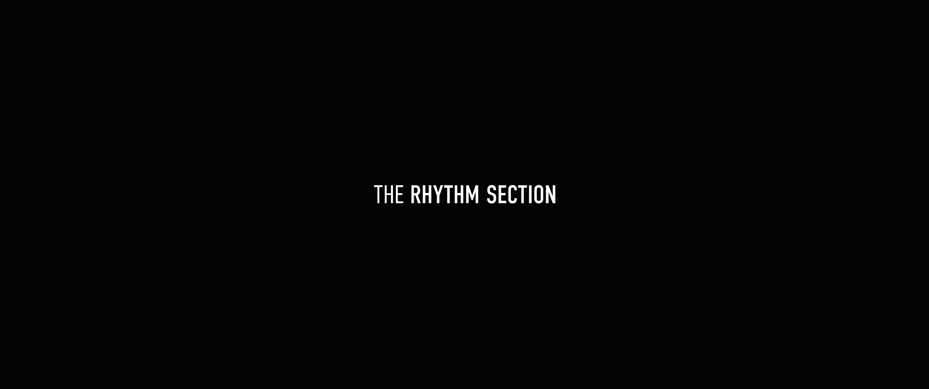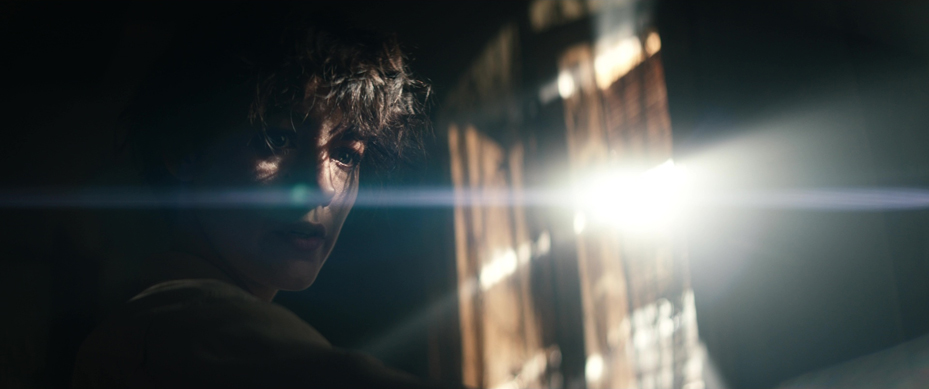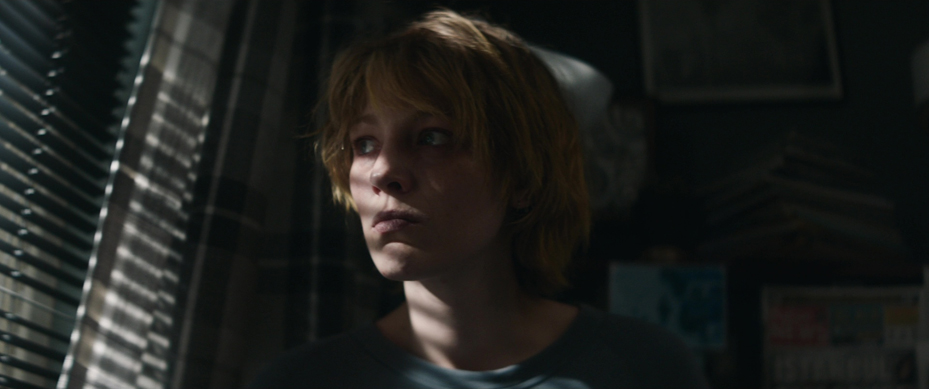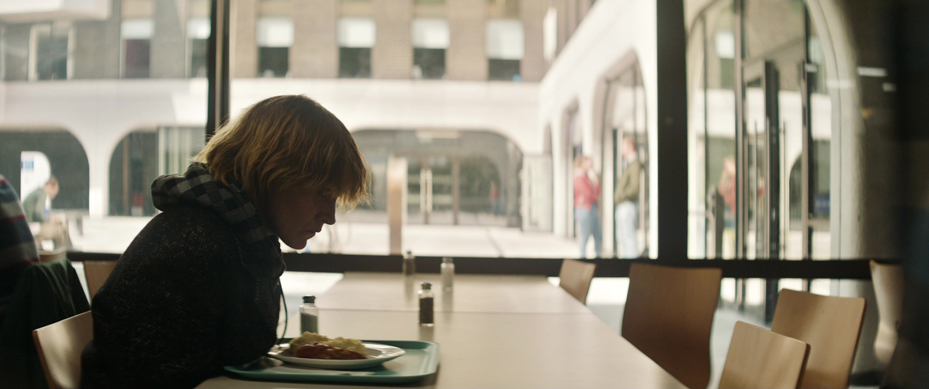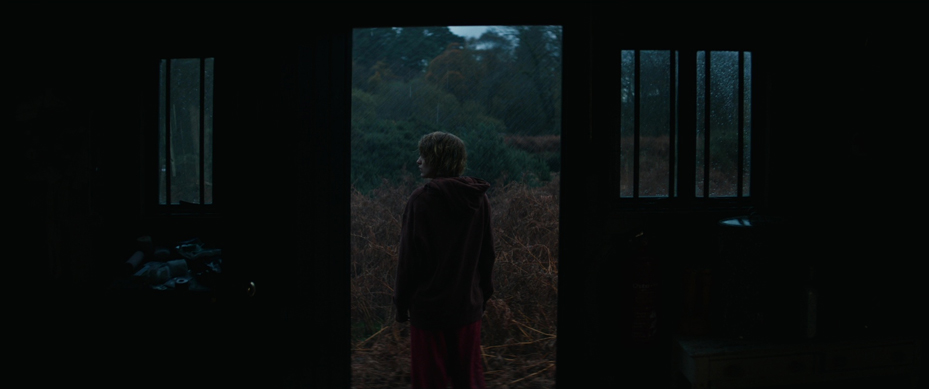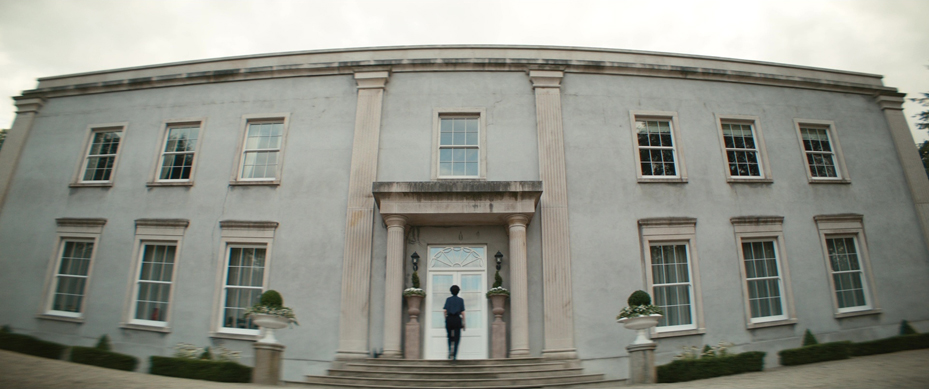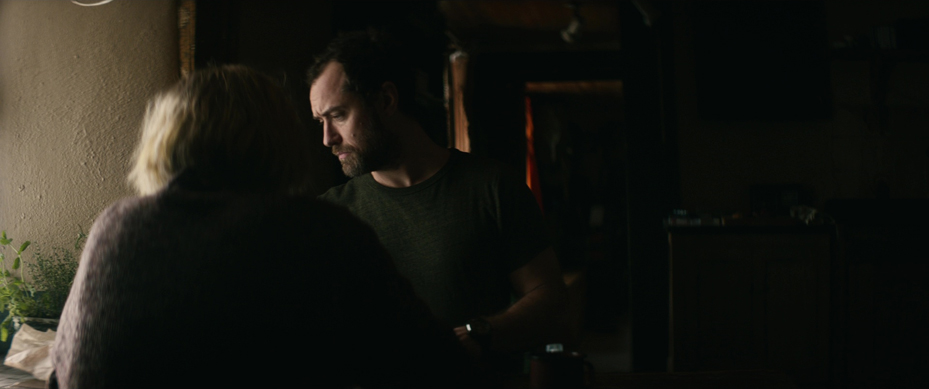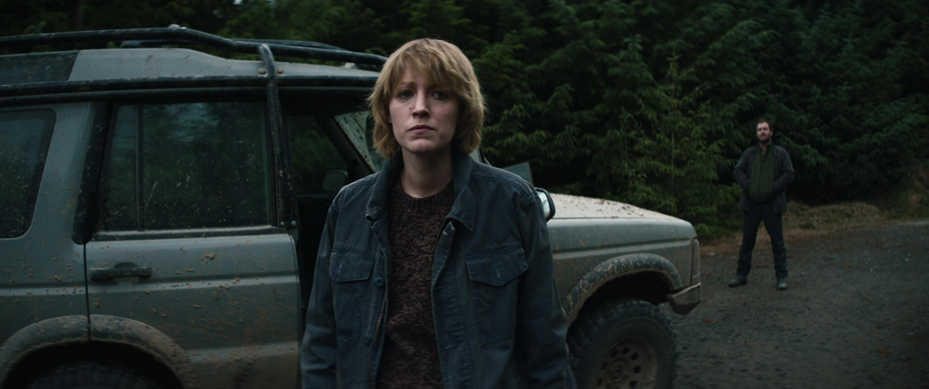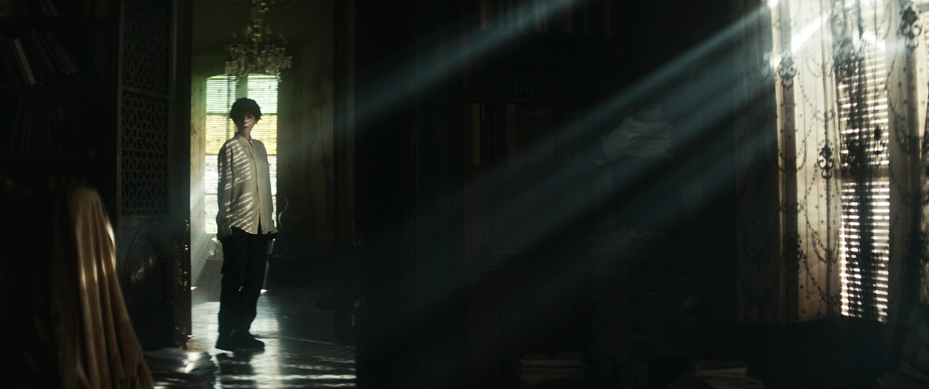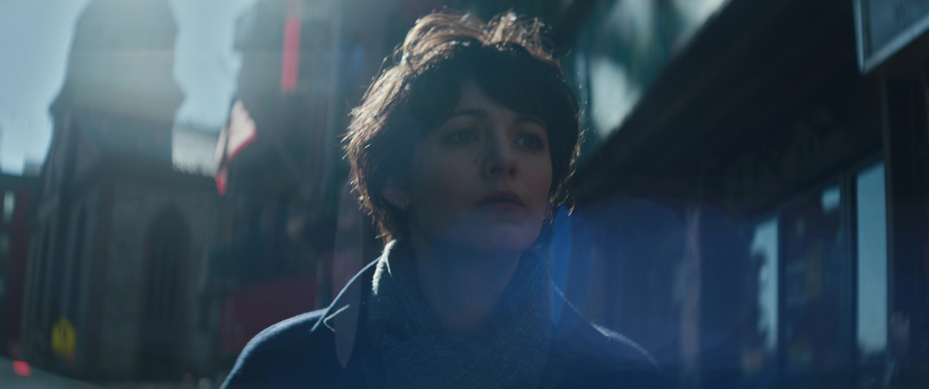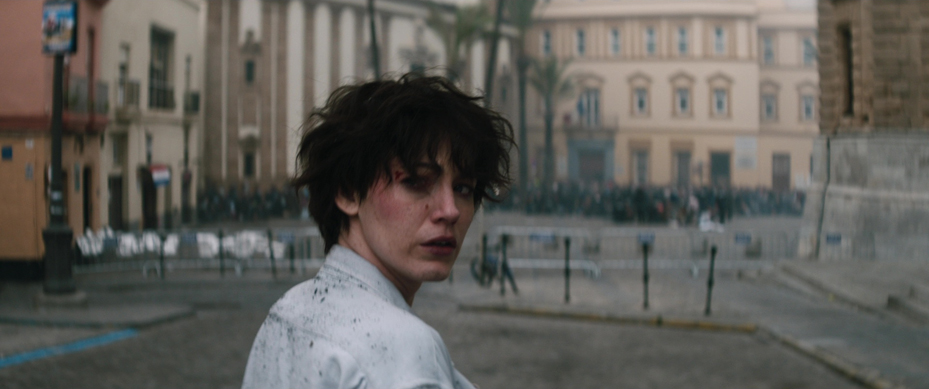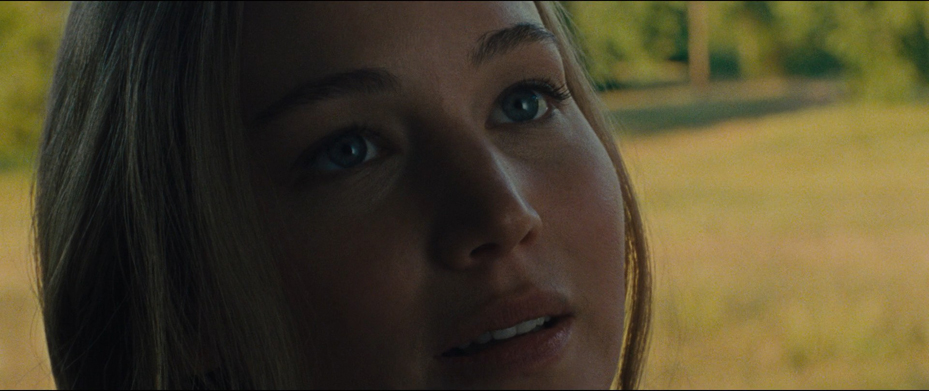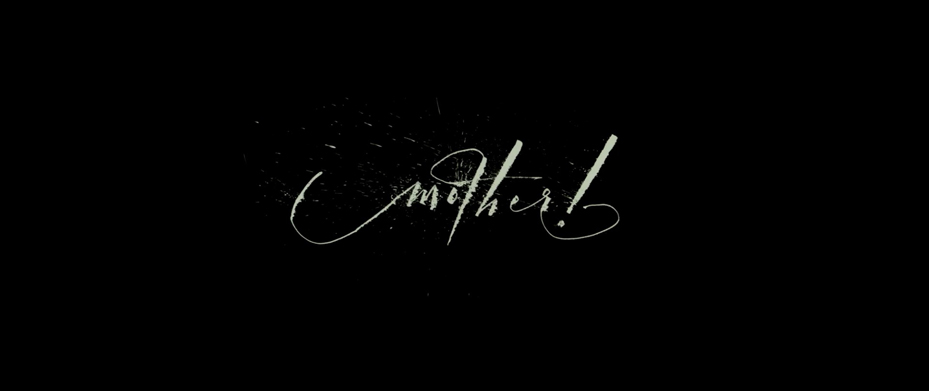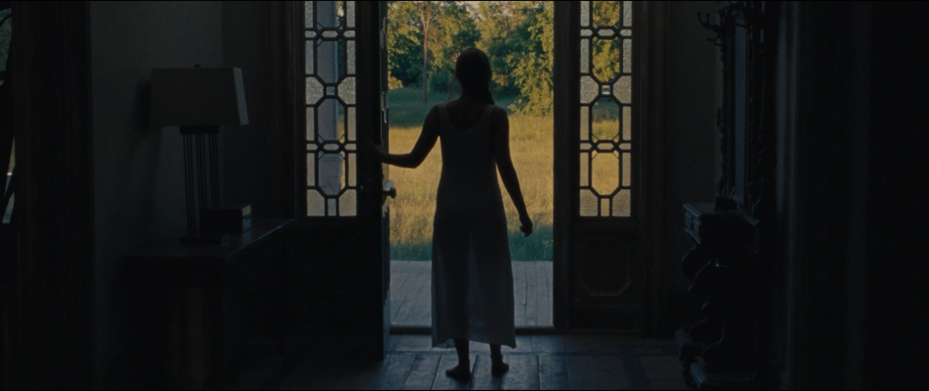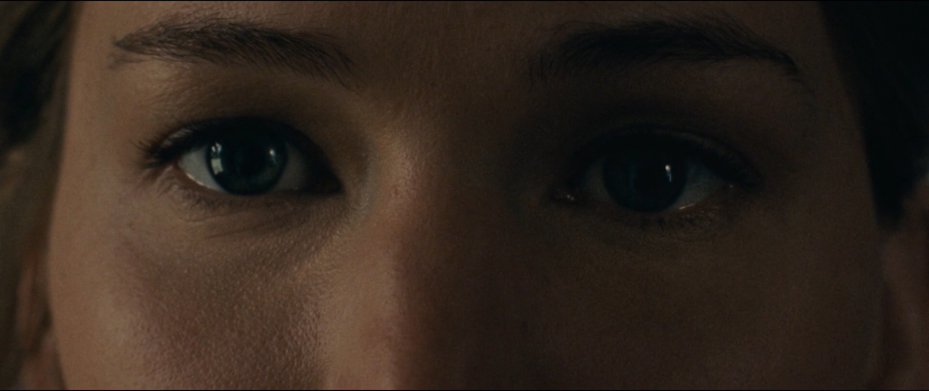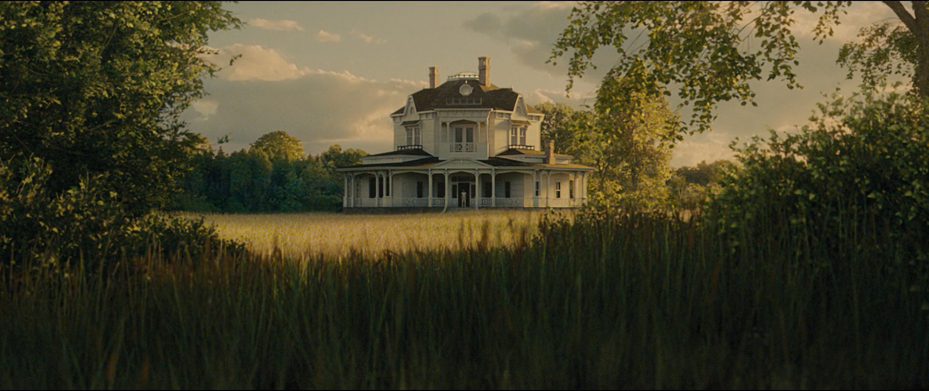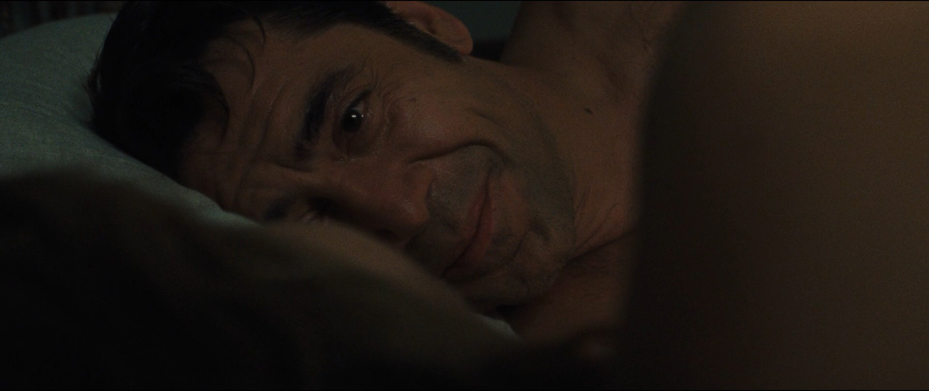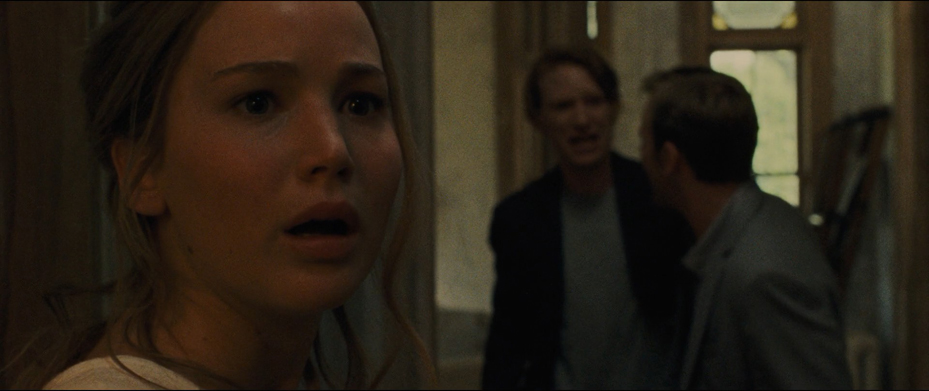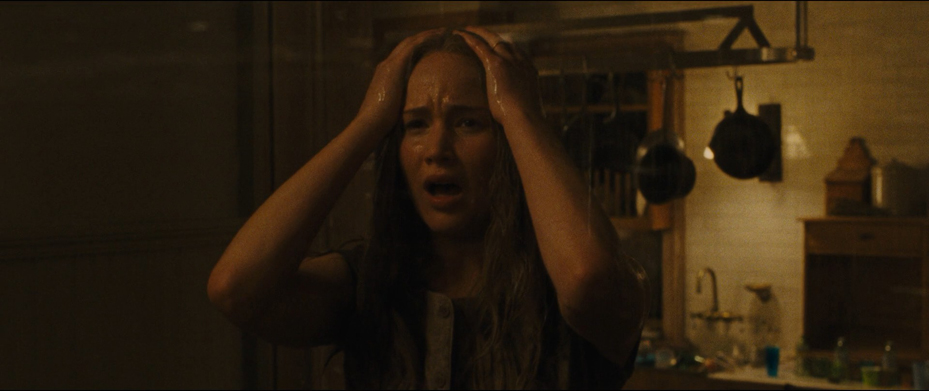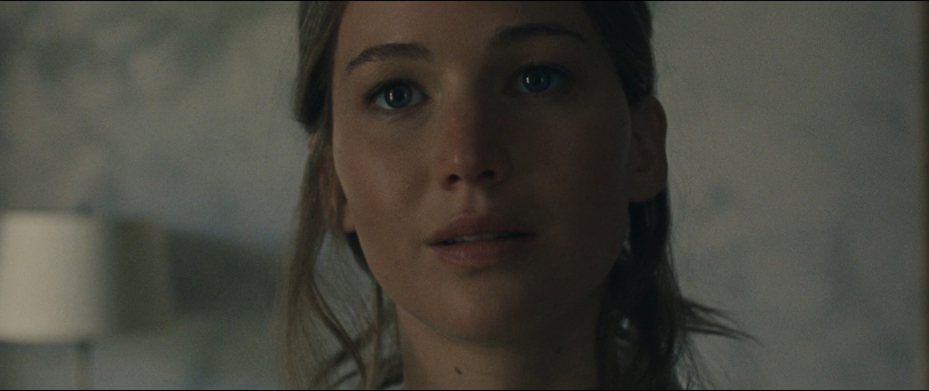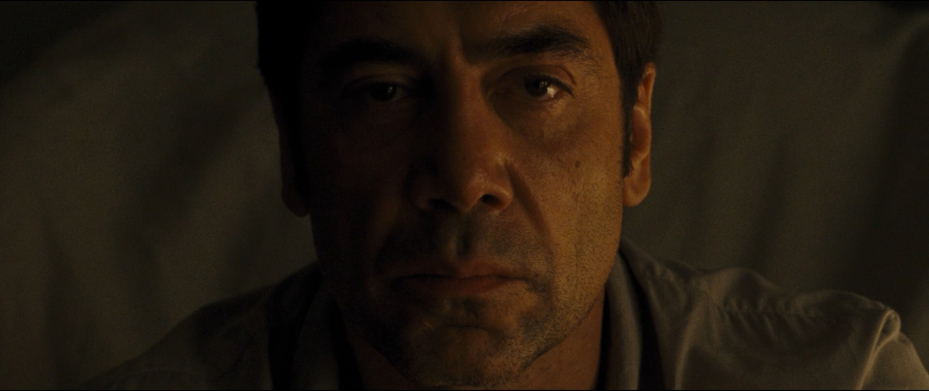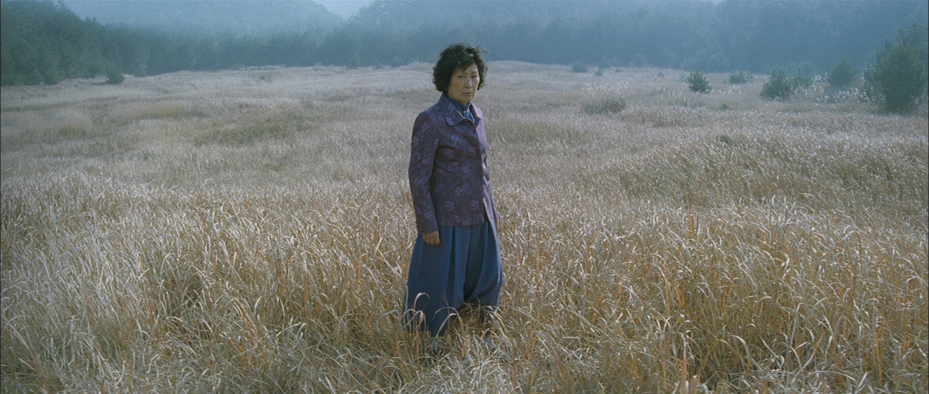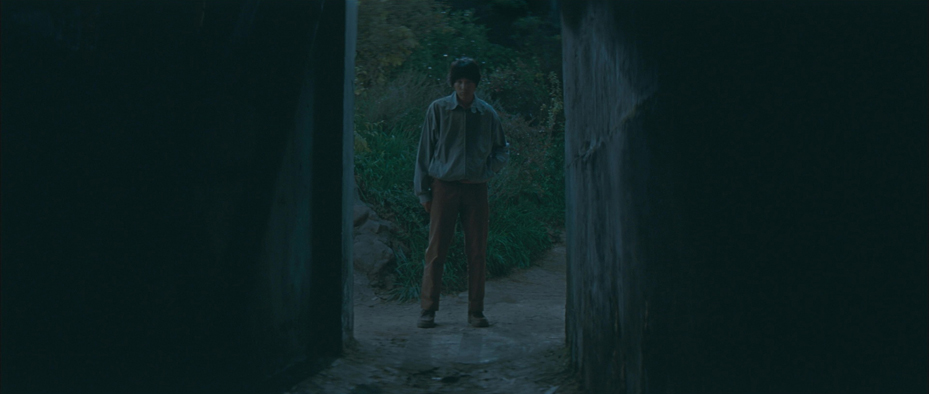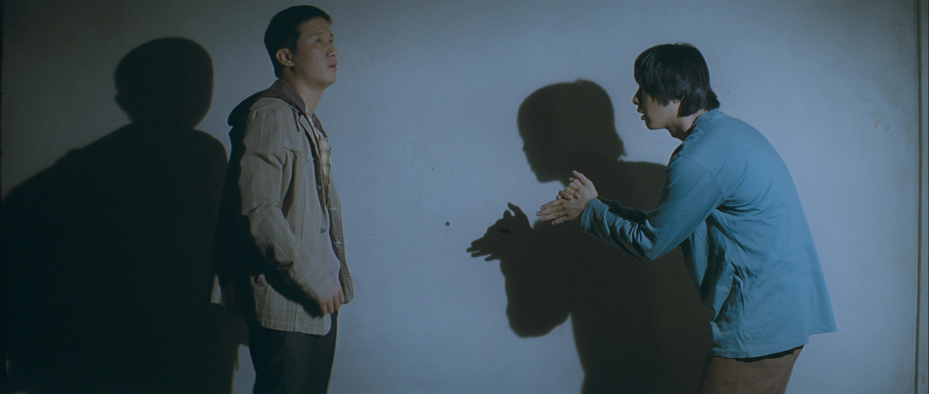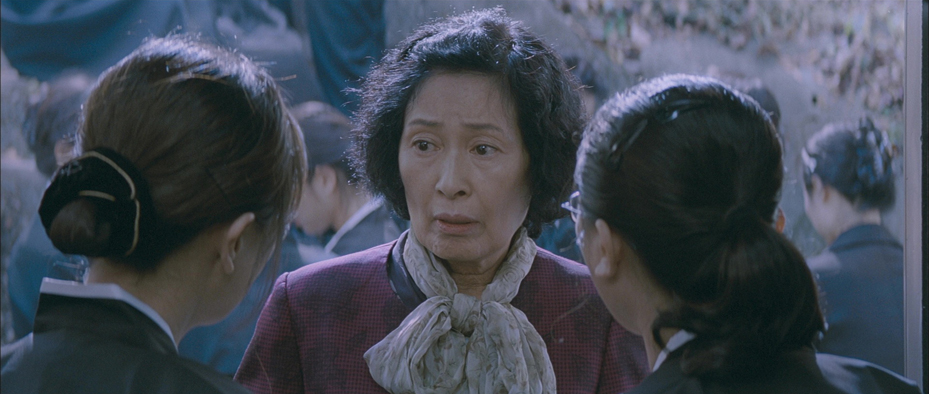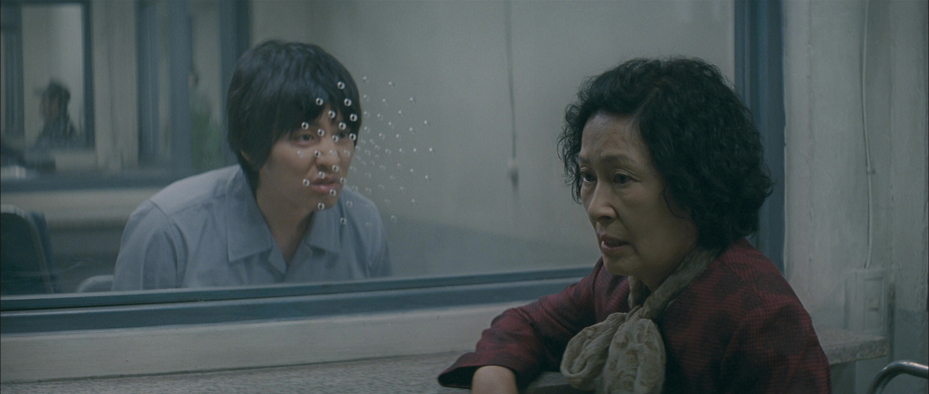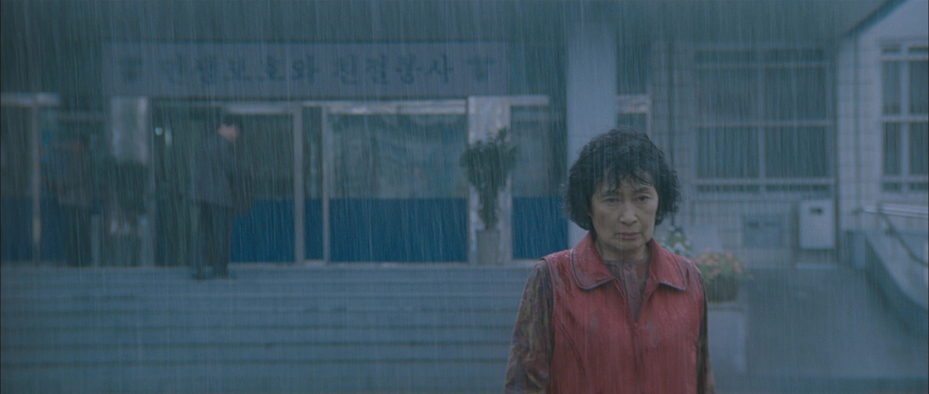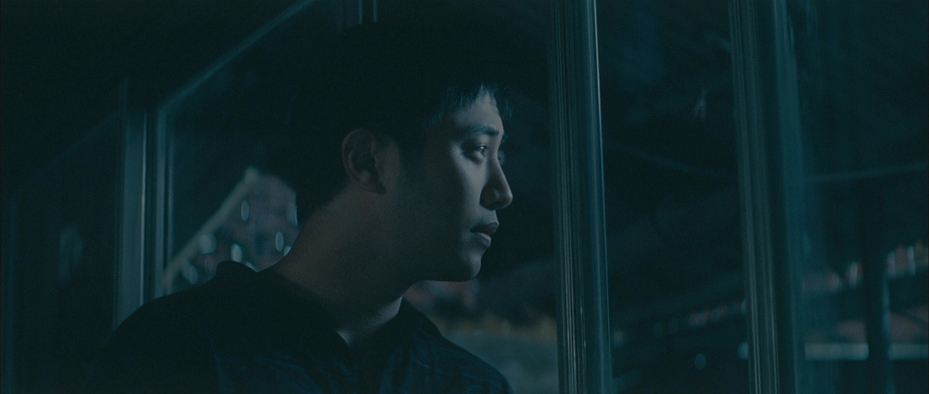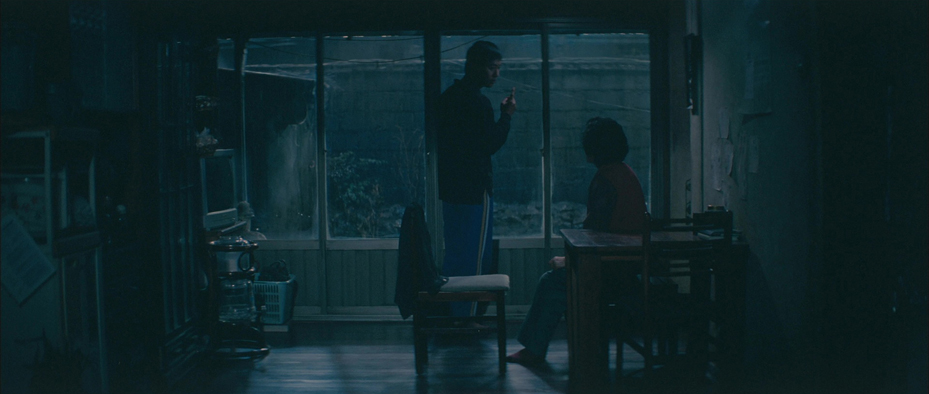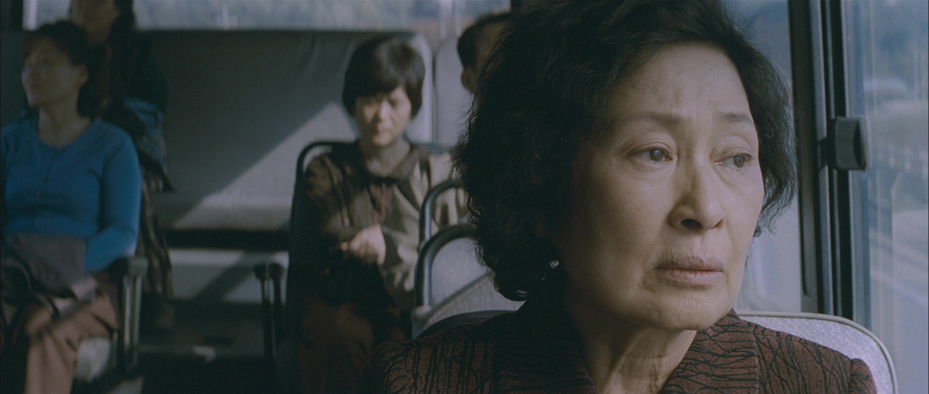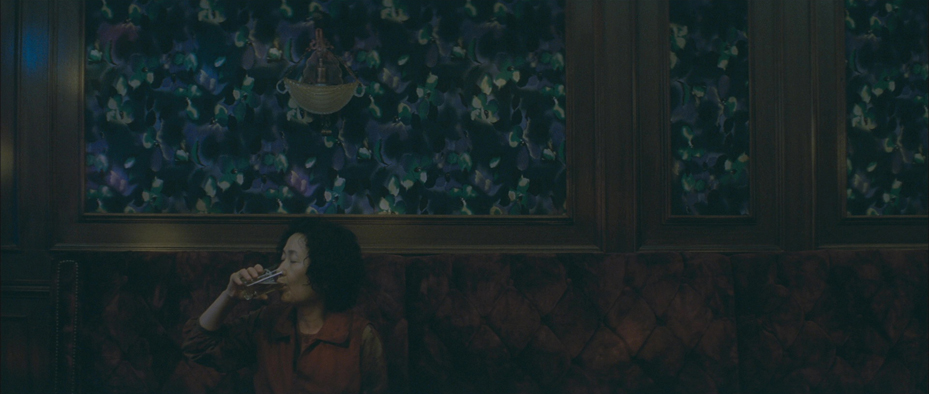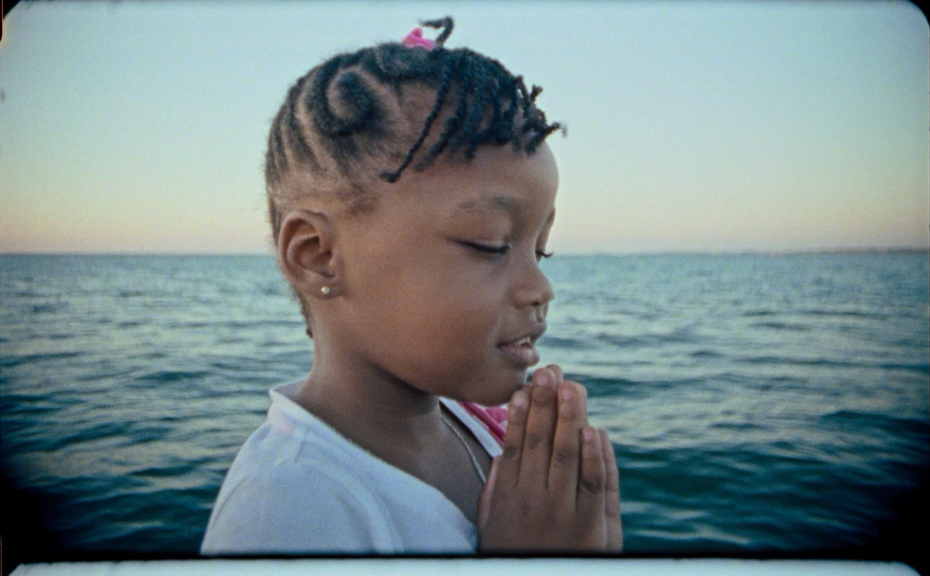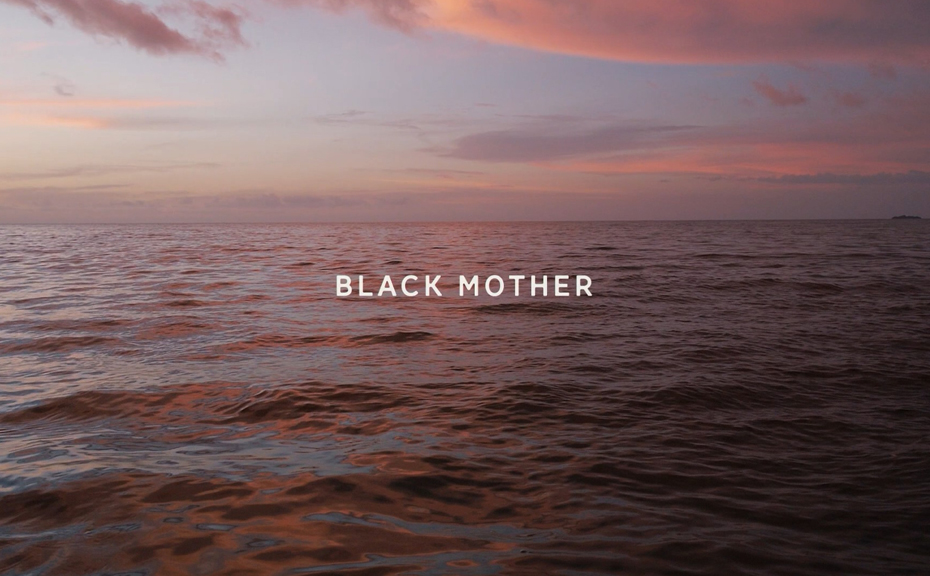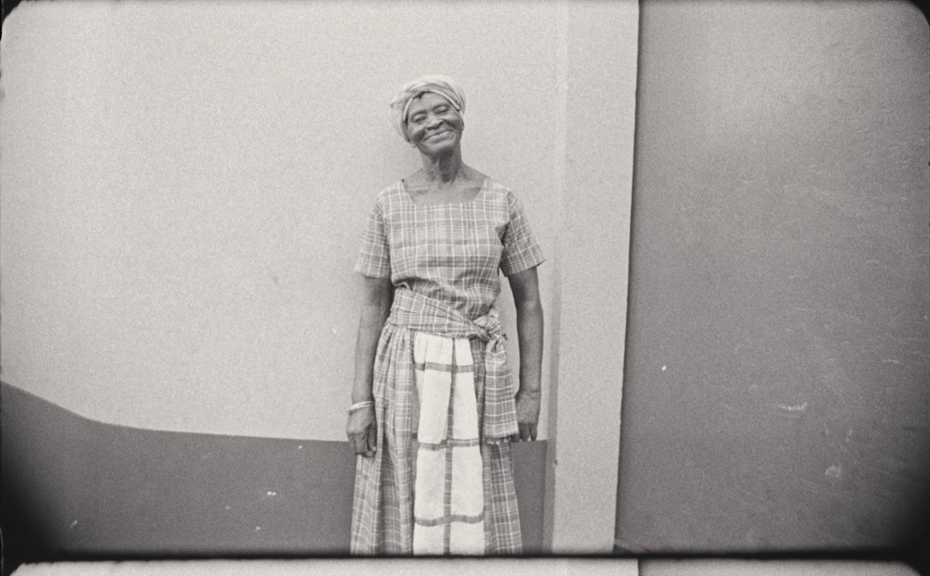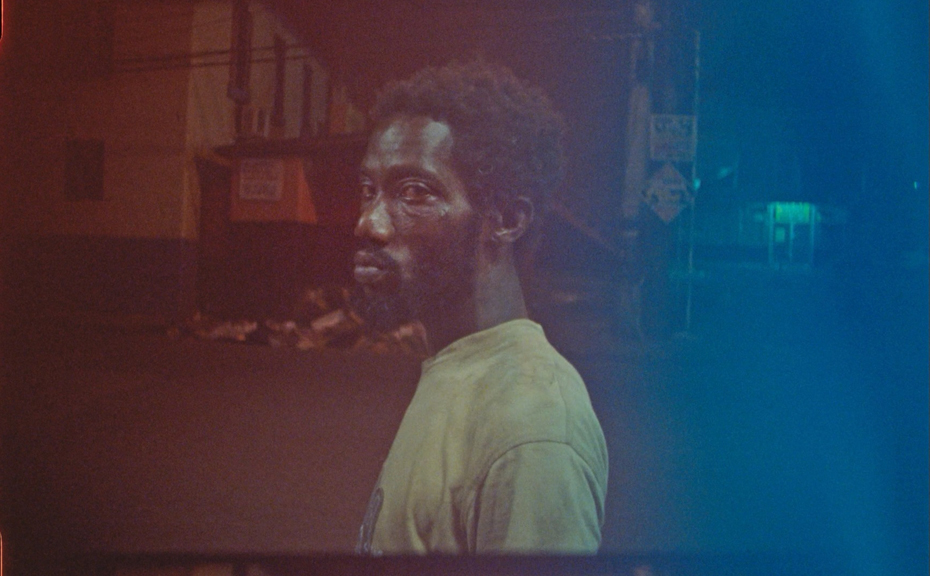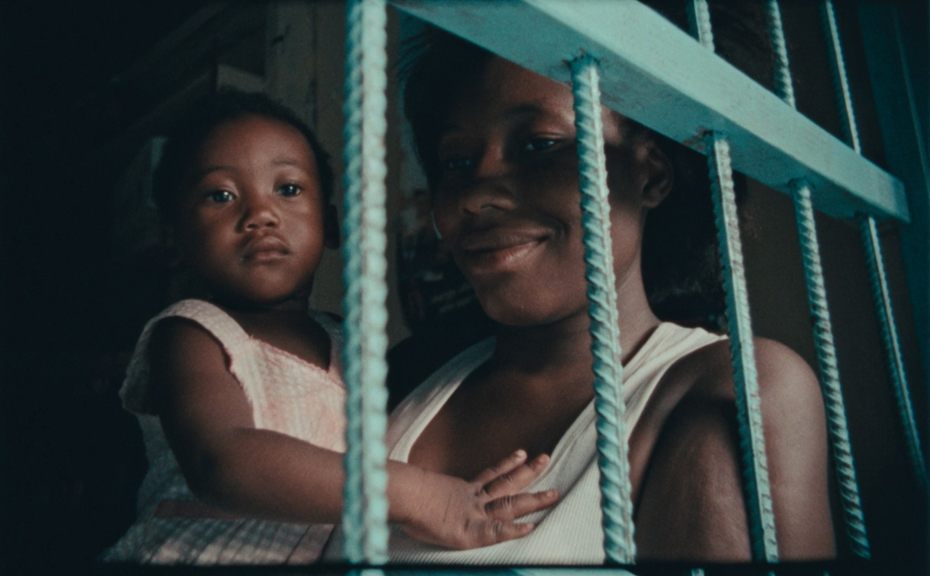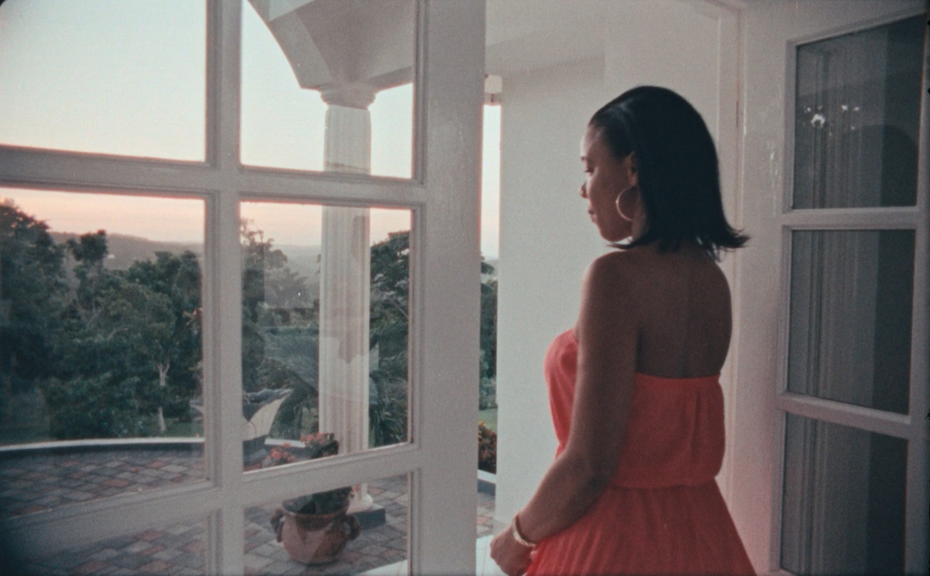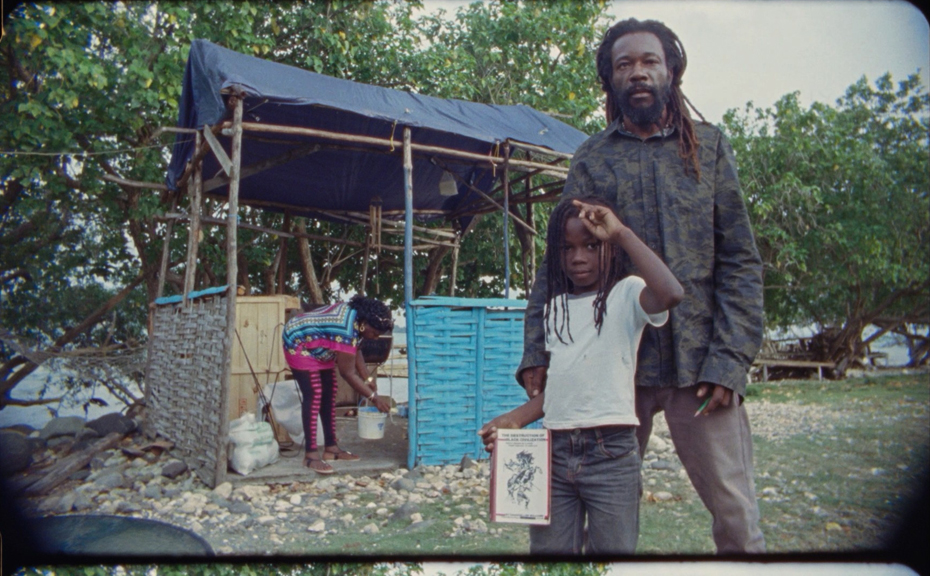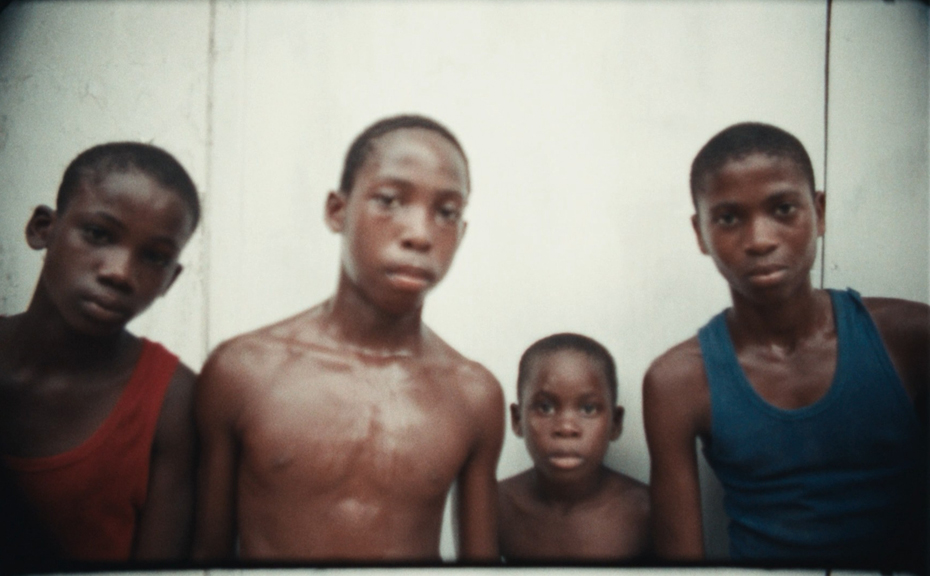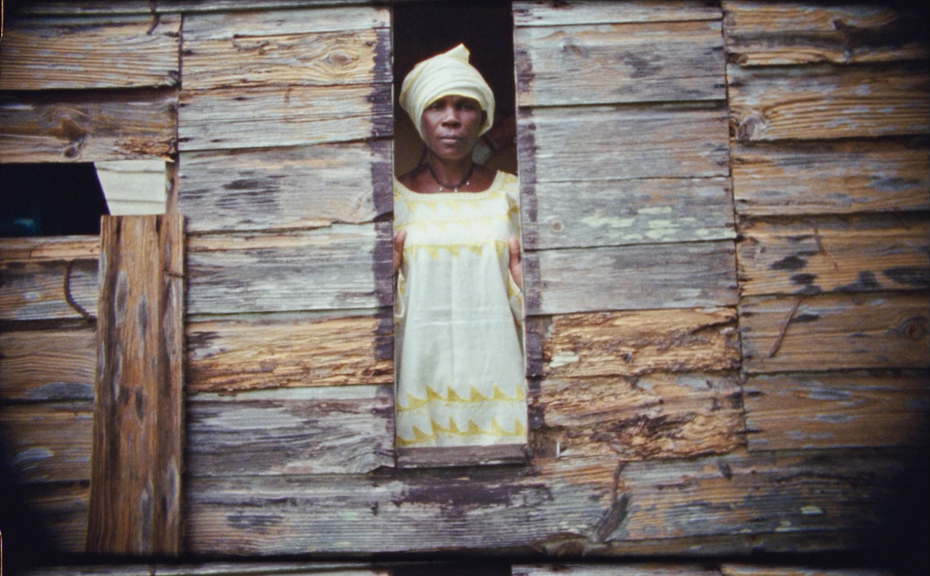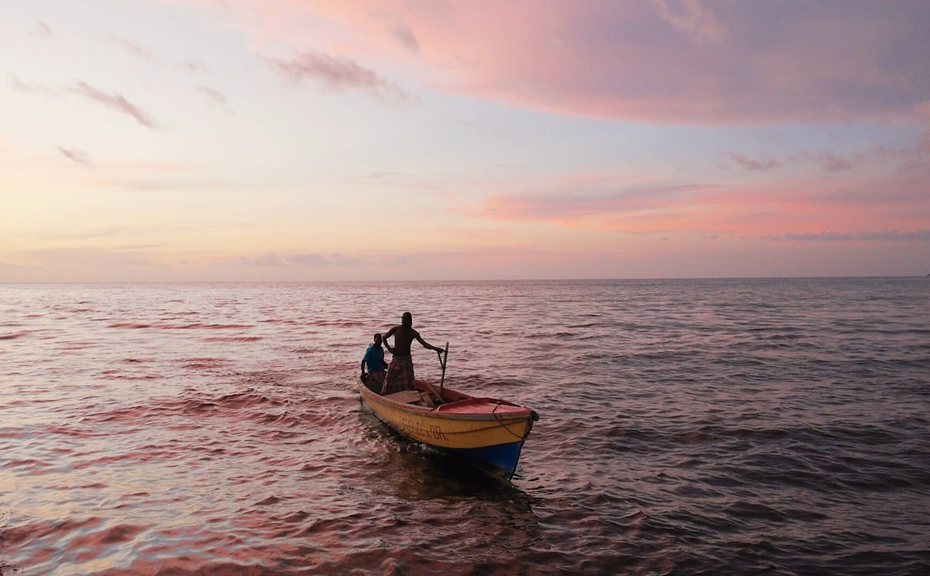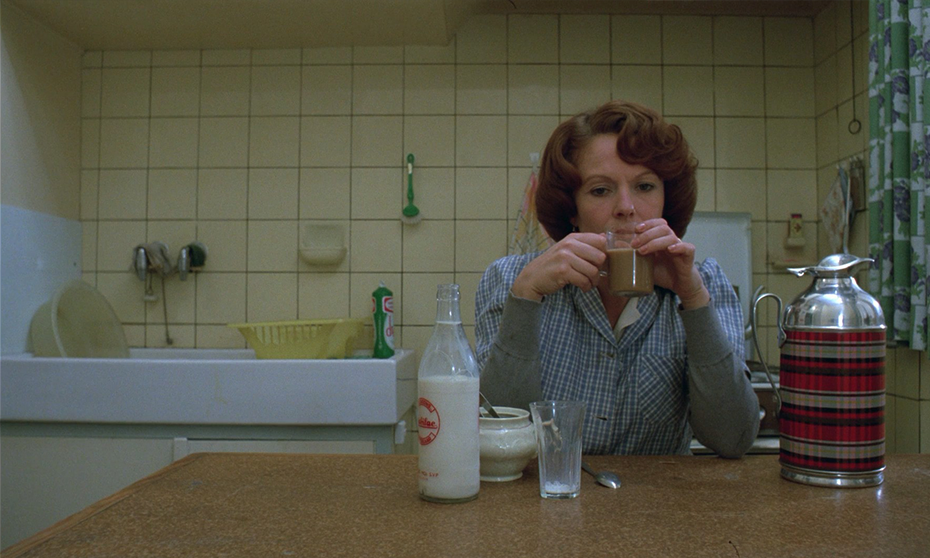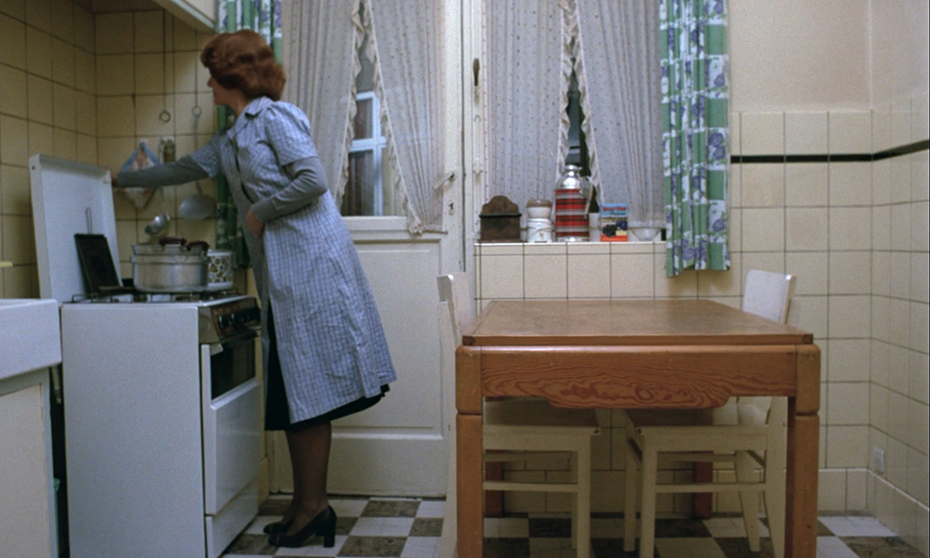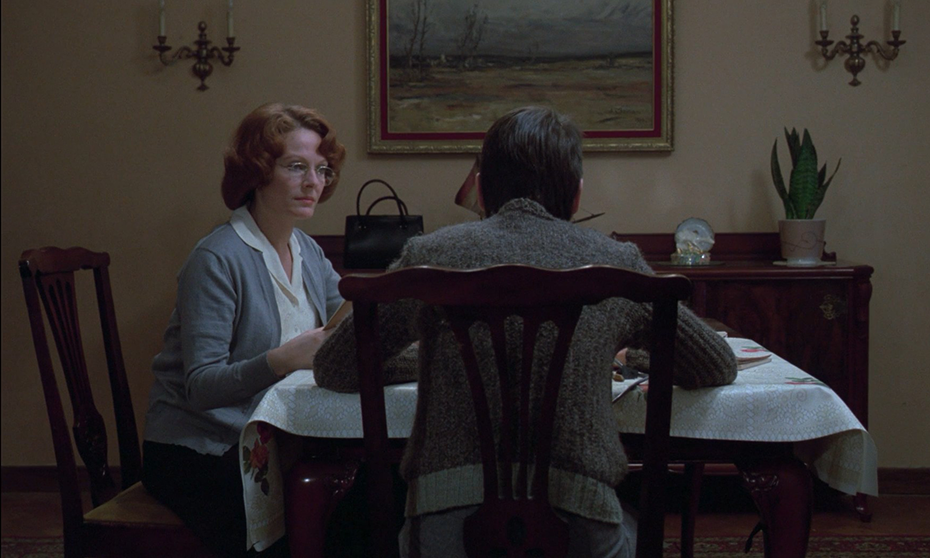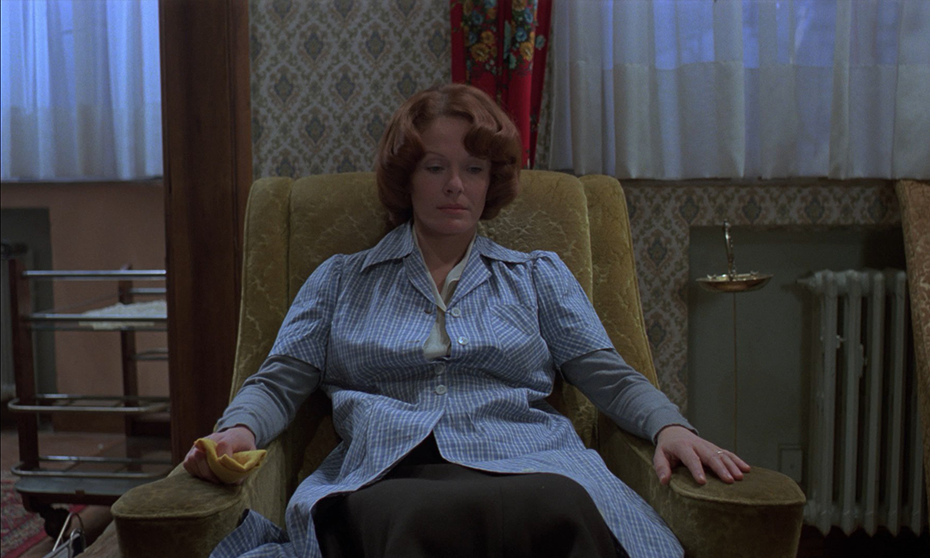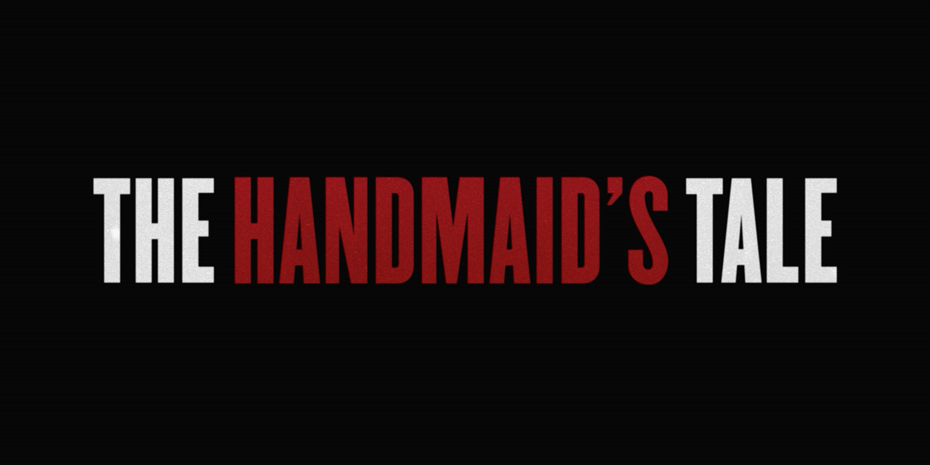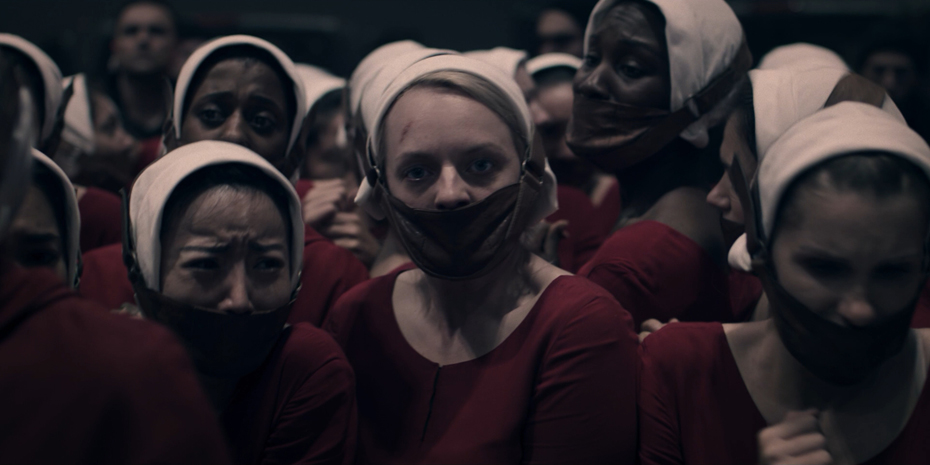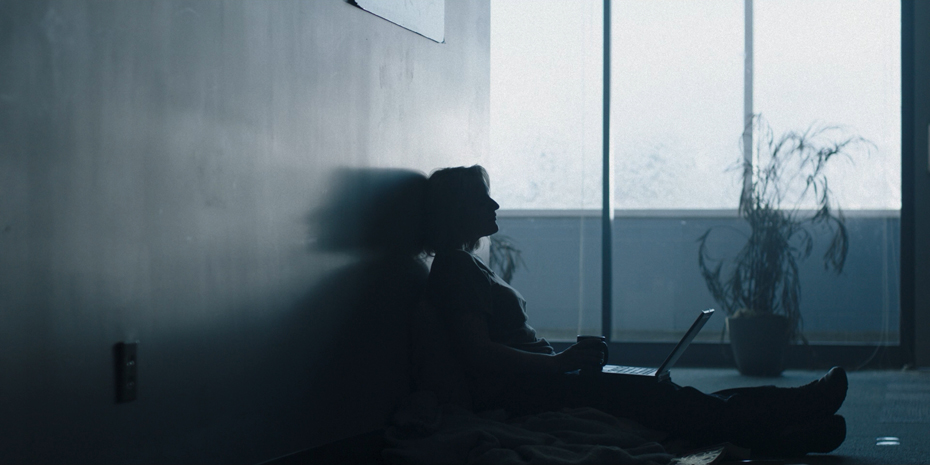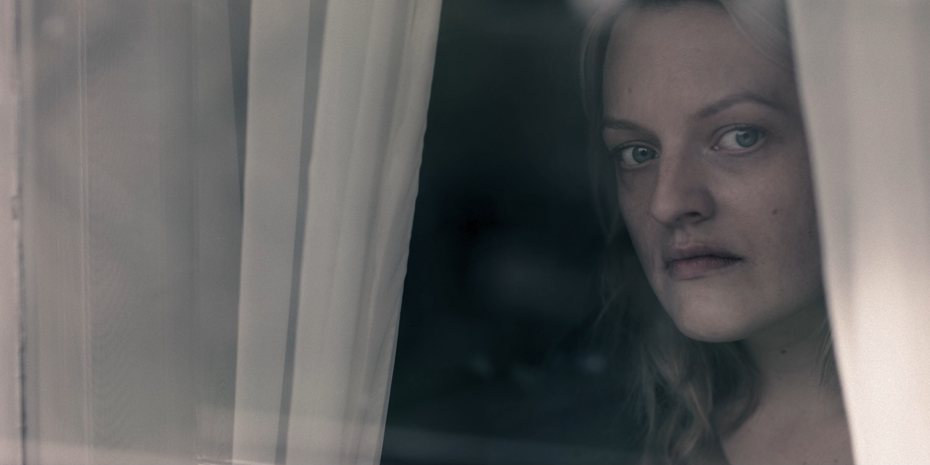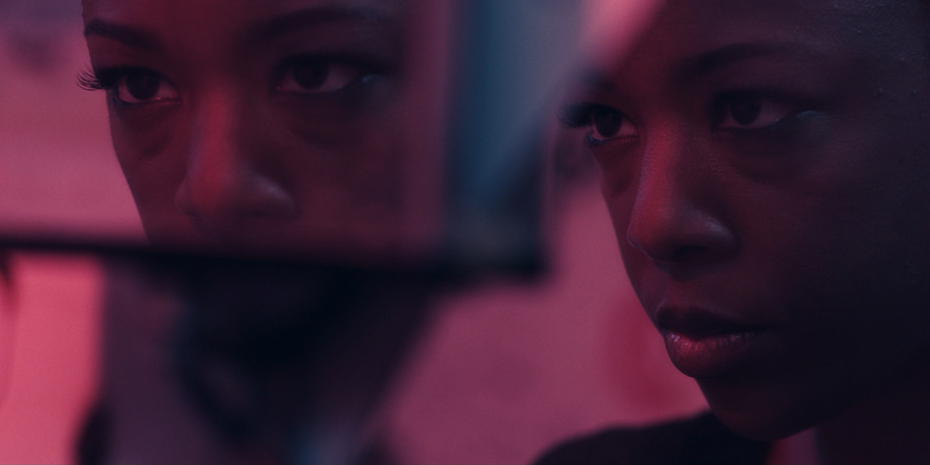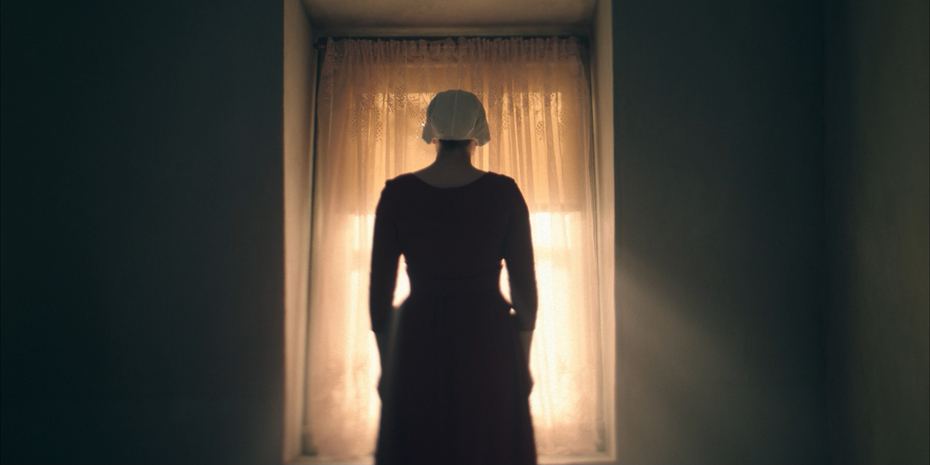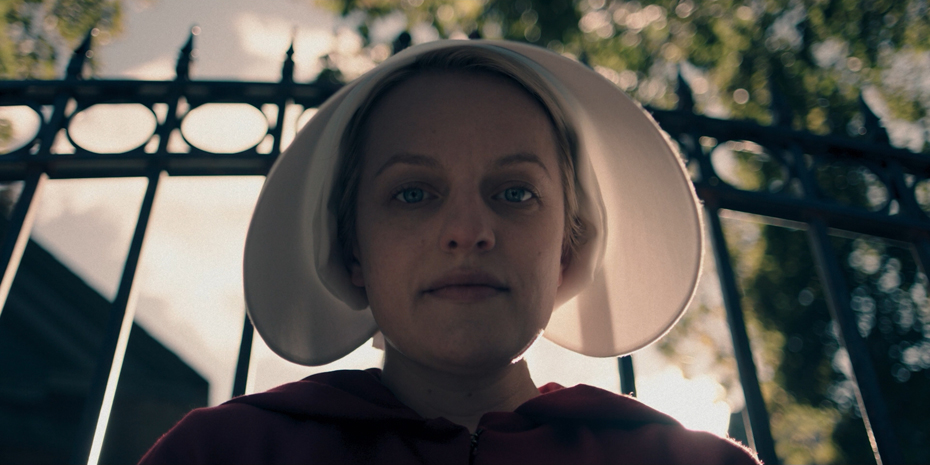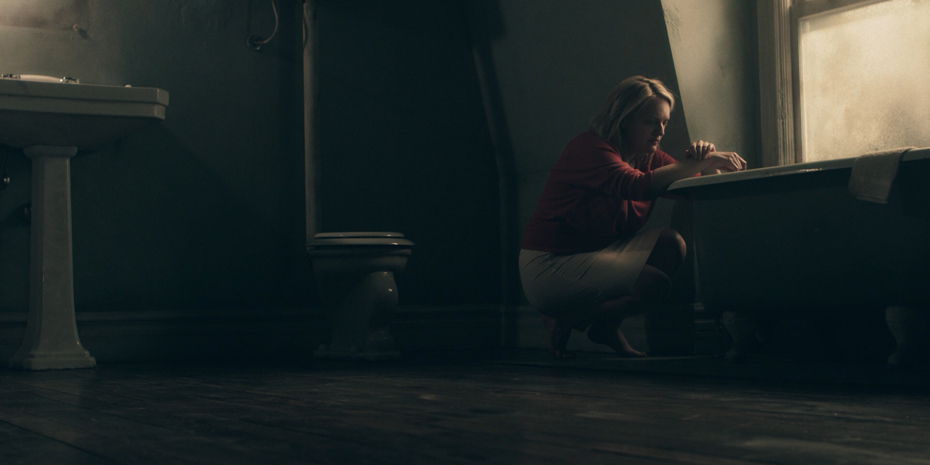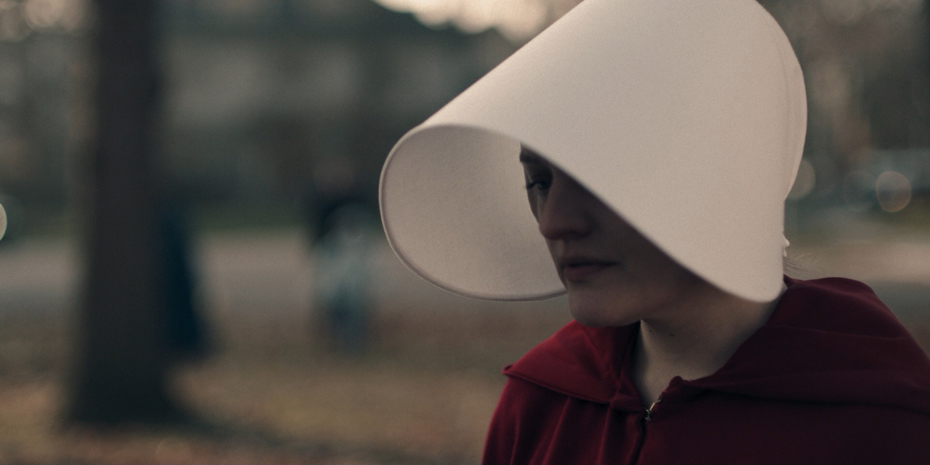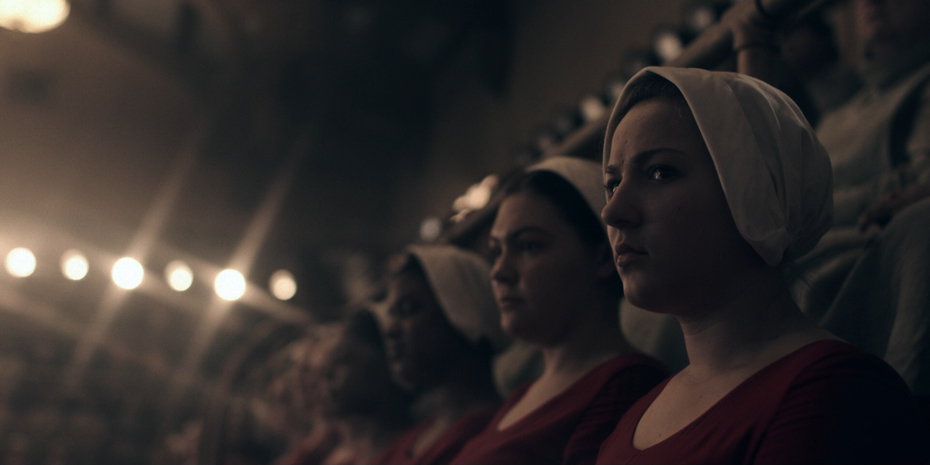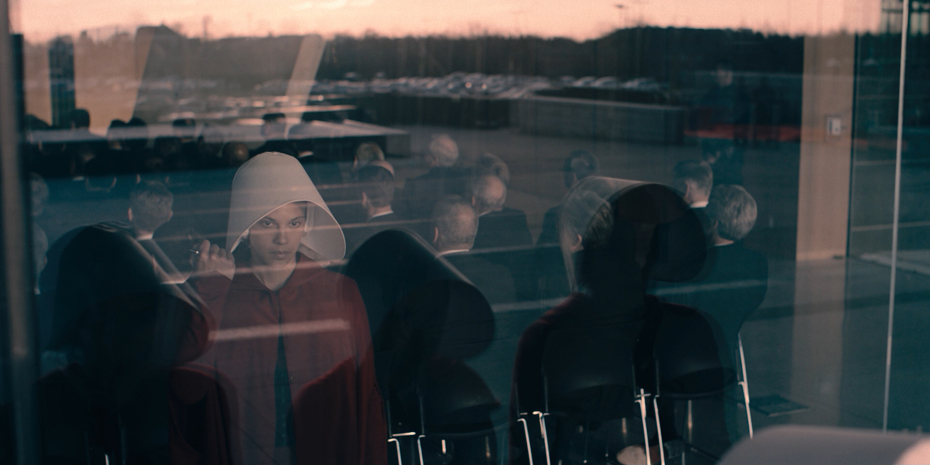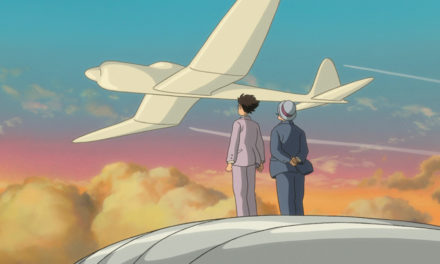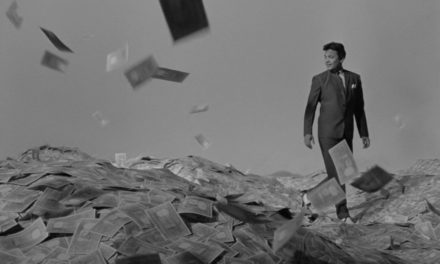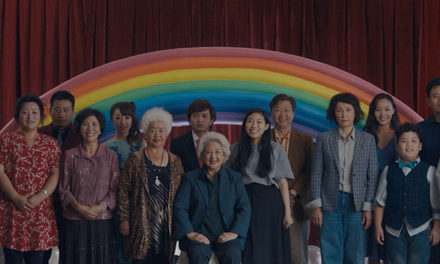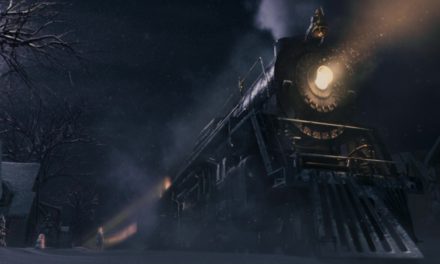THE TUESDAY DROP – 03/22
03.22.22 / New Shots
Hello ShotDeck team! This week we’re excited to be dropping 3200 new shots from 15 titles, including 6 episodes of the series “The Handmaid’s Tale”. Check out the new shots below!
LAST NIGHT IN SOHO (2021)
Edgar Wright’s 2021 psychological horror film LAST NIGHT IN SOHO stars Thomasin McKenzie as Eloise, an aspiring fashion designer who is mysteriously able to enter the 1960s, where she encounters an aspiring singer (played by Anya Taylor-Joy) and things take a turn for the dark. The film also stars Matt Smith, Michael Ajao, Terence Stamp and Diana Rigg. Last Night in Soho premiered at the Venice International Film Festival and grossed over $23 million. Wright worked on the film with British production designer Marcus Rowland, who was given the Campari Passion for Film Award at the Venice International Film Festival. The pair had previously collaborated on Shaun of the Dead, Hot Fuzz, Scott Pilgrim vs. the World, The World’s End and Baby Driver.
Wright and Rowland wanted to shoot as much of the film as they could practically, but were faced with the challenge of creating a period film in one of London’s busiest and least accessible neighborhoods. Collaborating with supervising location manager Camilla Stepehenson, Wright and Rowland categorized the locations they could shoot as they were, which ones had to be altered with period dressing, and which ones would need to be recreated on stage. By shooting between 4am and 6am, the team was able to film scenes in the actual streets of Soho, London, where Rowland would work through the day to change the facades of storefronts before the rest of the crew arrived to shoot. One of the locations they decided to recreate as a set was Soho’s famous nightclub Café de Paris, which they realized would never have given them the control they needed when they were filming. Another element that Wright and Rowland collaborated deeply on were the trick mirror shots, which were created through a combination of doubled sets that had a sliding mirror set up in-between and VFX that was designed to be as seamless as possible.
THE MITCHELLS VS. THE MACHINES is a computer-animated sci-fi comedy directed by Mike Rianda in his feature directorial debut. The film follows the dysfunctional Mitchell family, who are put in a position where they have to save Earth from a global robot uprising while on a family road trip to drop their daughter, Katie, off at college. The Mitchells vs. The Machines was produced by Sony Pictures Animation and has been nominated for this year’s Academy Award in the Best Animated Feature category.
Rianda developed the cinematography approach for The Mitchells vs. The Machines alongside producers Phil Lord and Chris Miller, character designer and production designer Lindsey Olivares, and visual effects supervisor Michael Lasker. They wanted the visual language of the film to reflect the humanity and human flaws of its characters, and designed a stylistic approach in the animation that would simulate hand-drawn illustration, with organic shapes and watercolor textures to push the look of the film away from conventions of computer animated films. The group would start with drawings made by Olivares and her team, and would then rely on the outlines in the drawings as a starting point for building an animation tool that would both preserve these outlines in the final animation, as well as replicate the texture of watercolor brushes. The team also layered 2D drawings over the 3D images as a way of heightening the audience’s sense that we are living inside the head of Katie as she recounts the story through voiceover to the audience.
ONE NIGHT IN MIAMI… (2020)
Regina King’s feature directorial debut, ONE NIGHT IN MIAMI… is based on Kemp Powers’s 2013 stage play of the same name (Powers was also the film’s screenwriter). The movie is a fictionalized account of a real meeting in February 1964 between Malcolm X, Muhammad Ali, Jim Brown and Sam Cooke in a room at the Hampton House, celebrating Ali’s title victory over Sonny Liston. The film stars Kingsley Ben-Adir, Eli Goree and Leslie Odom Jr. One Night in Miami premiered at the Venice Film Festival, and was nominated for Academy Awards in the Best Supporting Actor (Odom), Best Adapted Screenplay and Best Original Song categories. King worked on the film with American cinematographer Tami Reiker.
King and Reiker shot the film at a motor hotel an hour outside of New Orleans that had some of the core elements that King was looking for in the location – interior pool and parking lot. Working with production designers Barry Robinson and Page Buckner, the crew transformed the hotel to be historically accurate to the Hampton House, while the 1960s Miami skyline was added with VFX in post-production. Reiker shot the film using two Alexa 65 cameras, often shooting with both simultaneously on jib arms to give the movie a sense of floating and moving at all times. Reiker and Robinson built “holes” into the walls of the hotel rooms so that B cameras could film scenes while hiding in places where pictures were hung for on-camera moments. King and Reiker also wanted the film to have a “glow” in its lighting scheme, while not feeling lit from non-diegetic sources. The crew hid Quasar LED tubes in the corners of the rooms to push extra back light through scenes, softening them with Magic Cloth diffusion.
AVENGERS: INFINITY WAR (2018)
AVENGERS: INFINITY WAR is a 2018 superhero film based on the Marvel Comics superhero team the Avengers. The film was directed by Anthony and Joe Russo, and produced by Marvel Studios as the 19th film in the Marvel Cinematic Universe. The film follows the Avengers as they attempt to prevent Thanos from collecting six all-powerful Infinity Stones in his bid to destroy half of all life in the universe. Infinity War was the first superhero film to gross over $2 billion worldwide, off of a reported budget of $325-400 million (making it one of the most expensive movies ever made). Infinity War was nominated for Best Visual Effects at the Academy Awards. The Russo brothers worked on the visual effects with VFX supervisor Dan DeLeeuw, who also worked on Captain America: The Winter Soldier and Captain America: Civil War.
In order to build the New York City environments in which the film’s fighting took place, VFX firms hired on the project such as Framestore spent a month shooting photo references, LIDAR and gigapixel panoramas of the environments that would be recreated in CG, such as Washington Square Park and the West Village. Production itself took place in Atlanta (at what is now called Trilith Studios), where sets were built to be surrounded by green screens. Framestore’s character development on the alien creatures including The Black Order took place for over a year before post-production itself began. Cinesite handled alien character animation as well as the suits of Iron Man and Spider-Man, which were entirely computer generated. In dialogue shots where the characters’ masks were removed, VFX rotomation was used to integrate the actors’ heads onto their CG suited bodies.
THE RHYTHM SECTION (2020)
THE RHYTHM SECTION is a 2020 action thriller directed by Reed Morano, with a screenplay by Mark Burnell based on his novel of the same name. The film stars Blake Lively as Stephanie, a grieving woman who sets out for revenge after learning that a plane crash that killed her family was actually a terrorist attack. The film also stars Jude Law and Sterling K. Brown. Morano, a cinematographer herself, worked on The Rhythm Section with British cinematographer Sean Bobbitt. Bobbitt and Morano started with two films as key visual references – Run Lola Run and 4 Monthes, 3 Weeks, and 2 Days – and were focussed on telling a story that stayed locked into Stephanie’s perspective throughout, and could tell the story visually in a straightforward manner through camera movement, framing and lighting.
Bobbitt and Morano chose to shoot the film on the Alexa XTs (with Alexa Minis for the more kinetic action sequences) and Canon Xtal Xpress anamorphic lenses. They chose these lenses for the aberrations that occurred when being shot with a wide open f-stop – there were occasions when the entire top of the frame was out of focus, or when the entire left side of the frame was out of focus – which posed a major challenge for focus puller Andrew O’Reilly, but allowed the story to live inside Stephanie’s bifurcated state of mind. Morano and Bobbitt also wanted to shoot action sequences differently from other assassin films, and minimize cutting. With elaborate staging and choreography, as well as extensive work done to rig Bobbitt and the camera inside narrow spaces such as the car during the chase sequence, Bobbitt was able to film entire sequences without cutting, following the action and maintaining the tension in the film’s visual language.
MOTHER! (2017)
Darren Aronofsky’s 2017 psychological horror film MOTHER! stars Jennifer Lawrence as Mother, a young woman whose tranquil life renovating the countryside mansion she lives in with her husband (“Him”) is upended when an unexpected guest arrives, sending her life spiraling out of control. The film also stars Javier Bardem, Ed Harris, Michelle Pfeiffer, Domhnall Gleeson, Brian Gleeson and Kristen Wiig. Mother! competed for the Golden Lion at the Venice International Film Festival and later screened at the Toronto International Film Festival. Aronofsky worked on the film with American production designer Philip Messina, who was best known at the time for his work on films such as Erin Brockovich, Ocean’s Eleven and The Hunger Games.
Aronofsky and Messina collaborated closely with cinematographer Matthew Libatique to build and design the Victorian house at the center of Mother!. As an allegory for Earth, the house becomes the character pitted between Him and Mother as the battle begins for its survival. Aronofsky wanted the film to take place entirely inside the house, be shot entirely from Mother’s point of view on 16mm film, and for the visual language to be a symbiosis between the camera and the set. While scouting Victorian homes in upstate New York, Aronofsky and Messina became drawn to an octagonal design by a doctor who studied the brain – and had laid his house out like that. Inspired by this approach, Messina built two sets – a house with the entire first floor and a staircase in Montreal for the film’s daytime sequences, and a full three-story version on a soundstage for the night sequences. Messina, who was just coming off working with Alejandro González Iñarritu on his immersive VR exhibit Carne Y Arena, designed a 3D model of the house using the Oculus system, which Aronofsky moved through with a Ninento controller to plan camera movements and design elements alongside Messina and Libatique.
MOTHER (2009)
Bong Joon-ho’s 2009 thriller MOTHER stars Kim Hye-ja and Won Bin, and follows a widow (Kim) living with her mentally challenged son (Won) in a small town in South Korea. After her son is accused of murdering a young girl, the mother attempts to find to true killer to set him free. Mother premiered at the Cannes Film Festival in the Un Certain Regard section, and was selected as South Korea’s official submission for the Academy Awards (though it was not nominated). Bong worked on the film with South Korean cinematographer Hong Kyung-pyo. Mother was the pair’s first collaboration.
Bong and Hong began their collaboration on Mother intending to take the tropes of the murder mystery and thriller genres and put a twist on them through the visual language of the film and the characters at the heart of the story. Hong shot the movie on 35mm film using the Arricam LT and Studio cameras with Hawk V-Lite and V-Series lenses. Bong worked with Hong to carefully storyboard the entire film before shooting, planning to shoot the film’s most important sequences largely in profile with telephoto lenses. This technique ends up being a critical narrative device in the film, keeping track of the story’s most important plot points, and separating them subtly from the red herrings in the movie. Mother has become one of Bong’s most celebrated films, and a unique twist on a well-established genre.
BLACK MOTHER (2018)
BLACK MOTHER is a 2018 documentary film by Khalik Allah. The film is an immersion in the lives of people in Jamaica, Khalik’s ancestral homeland. Black Mother premiered at the True/False Film Festival and was nominated for the Truer Than Fiction Award at the Independent Spirit Awards. Khalik worked as the director, cinematographer and editor of Black Mother, just as he did with his previous documentary films.
Khalik’s cinematography work on Black Mother is edited in a collage approach, mixing formats from black-and-white 16mm film footage, Super 8 film, to digital video and HD digital photography. Khalik intended the film to be more of an art installation-type meditation than a traditional narrative documentary (Khalik calls his films more close to channels and portals than traditional movies), and he often edited sound to be separate from the diegetic sound expected from the footage in order to give the film an other-worldly dimension. Loosely constructed editorially around the timeline of a pregnancy, Black Mother is a dreamlike, at times allegorical assemblage of Jamaican identity whose non-linear approach allows the audience to dive deep into this film essay of this country’s culture.
Chantal Akerman’s 1975 masterpiece JEANNE DIELMAN, 23, QUAI DU COMMERCE 1080 BRUXELLES stars Delphine Seyrig as Jeanne Dielman, the widowed mother of a teenage son, Sylvain (Jan Decorte), as she goes through her drab, repetitive life in her tiny Brussels, until a series of slight interruptions cause a slow but dramatic unraveling. Jeanne Dielman was well-received upon its release and has since become considered by many to be one of the most important art-house films of all time, and a landmark of feminist cinema. Akerman worked on the film with French cinematographer Babette Mangolte, who she worked with multiple times over the course of her career.
Akerman and Mangolte approached shooting Jeanne Dielman with a strict formalist approach that were aimed at telling Jeanne’s story without ever giving the audience a sense of voyeurism into her life – they both considered framing to be a moral act of filmmaking – a way of shaping the audience’s perspective on what matters in the story and how to observe its characters. Influenced by the framing approach that was used to show Hollywood film stars such as John Wayne, the camera is always fixed and low with a frontal and symmetrical composition that makes Jeanne appear big. Mangolte holds shots for long takes during which we observe the meticulous rhythms of Jeanne’s day to day life in patient, painstaking detail. The film has no reverse shots, staying focussed on Jeanne. Mangolte’s challenge with lighting came from the apartment’s low ceilings, which only gave her 2 feet of clearance in shots where Jeanne is standing. Mangolte used lights that were very diffused and which were photoflood, with all the electricity rigged in the ceiling so that it wouldn’t occupy any floorspace or risk appearing in the camera’s wide angles.
THE HANDMAID’S TALE is a dystopian television series created by Bruce Miller, based on the 1985 novel of the same name by Margaret Atwood. The series appears on Hulu, and is set in Gilead, a totalitarian society in the aftermath of a Second American Civil War, where fertile women, called “Handmaids”, are forced into child-bearing slavery. Season 2 of The Handmaid’s Tale was released in 2018 and contains 13 episodes. Season 2 was shot by British cinematographer Colin Watkinson, who won a Primetime Emmy for his work on Season 1 of the show.
Watkinson approached Season 2 of The Handmaid’s Tale with a lot of the same visual rules as were established in Season 1. Gilead was to be shot formally, with the camera on a tripod or dolly, while flashbacks were often hand-held and shot in a more visceral manner. The lighting approach was often set up to have strong sources with extensive use of haze to add depth and atmosphere to the frame, creating a strong sense of contrast. Gilead’s look was deliberately set up to be as beautiful as possible, creating a visual counterpoint to the hideous regime running it in the story. In Season 2, the story expands to The Colonies, a toxic wasteland where “unwomen” – disobedient, lesbian and lower-class infertile handmaids are discarded by Gilead and forced into slave labor. Watkinson was inspired by American painter Andrew Wyeth in guiding the visual approach for building The Colonies, opting for a warm, burnt palette rather than the gray, cold dystopia typically seen in work in this genre. To further separate The Colonies visually from Gilead, Watkinson shot Colonies scenes with predominantly wider lenses with deeper focus, as opposed to the longer lens, tighter shots with shallow focus that dominate the visual language of the Gilead scenes.

